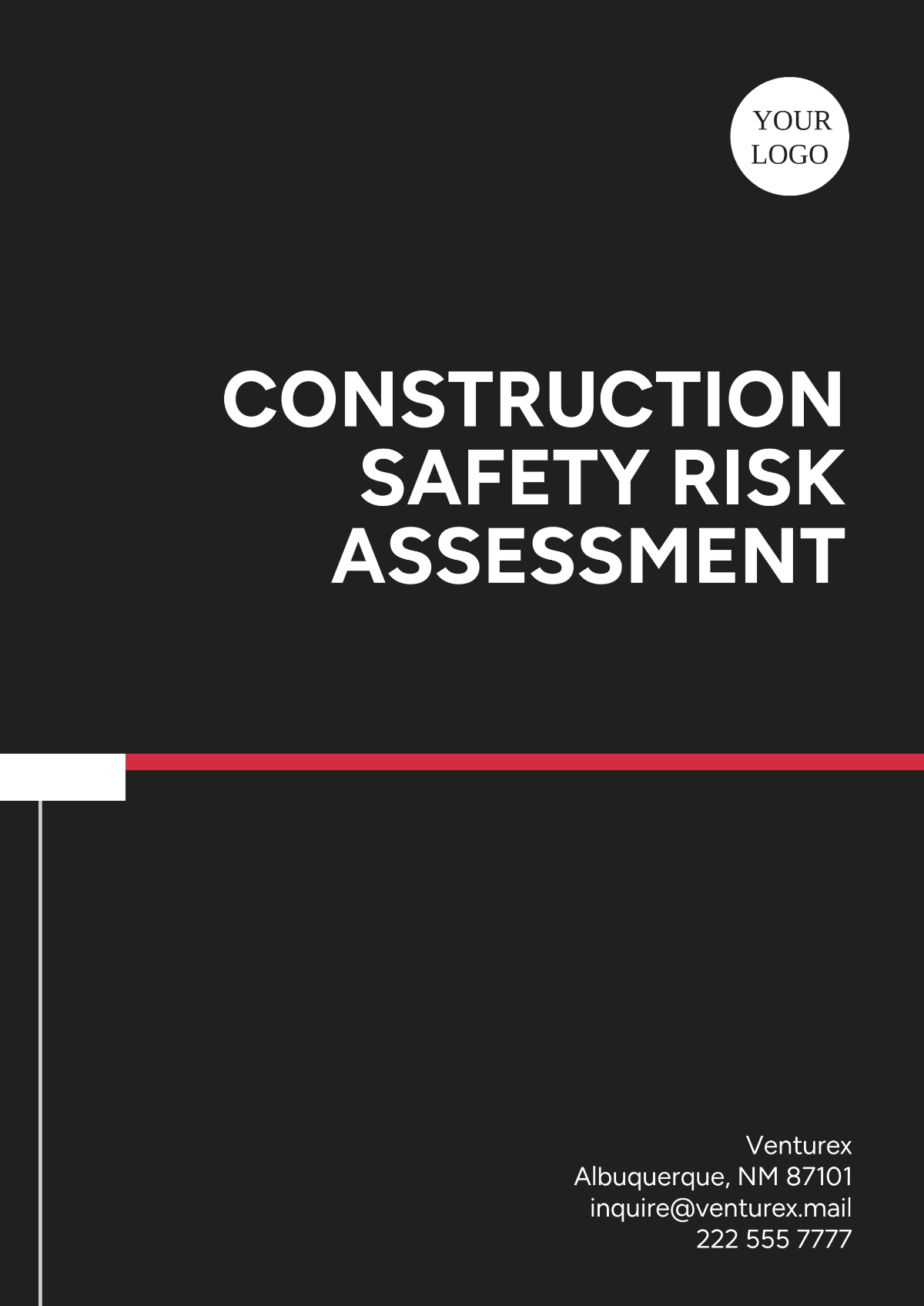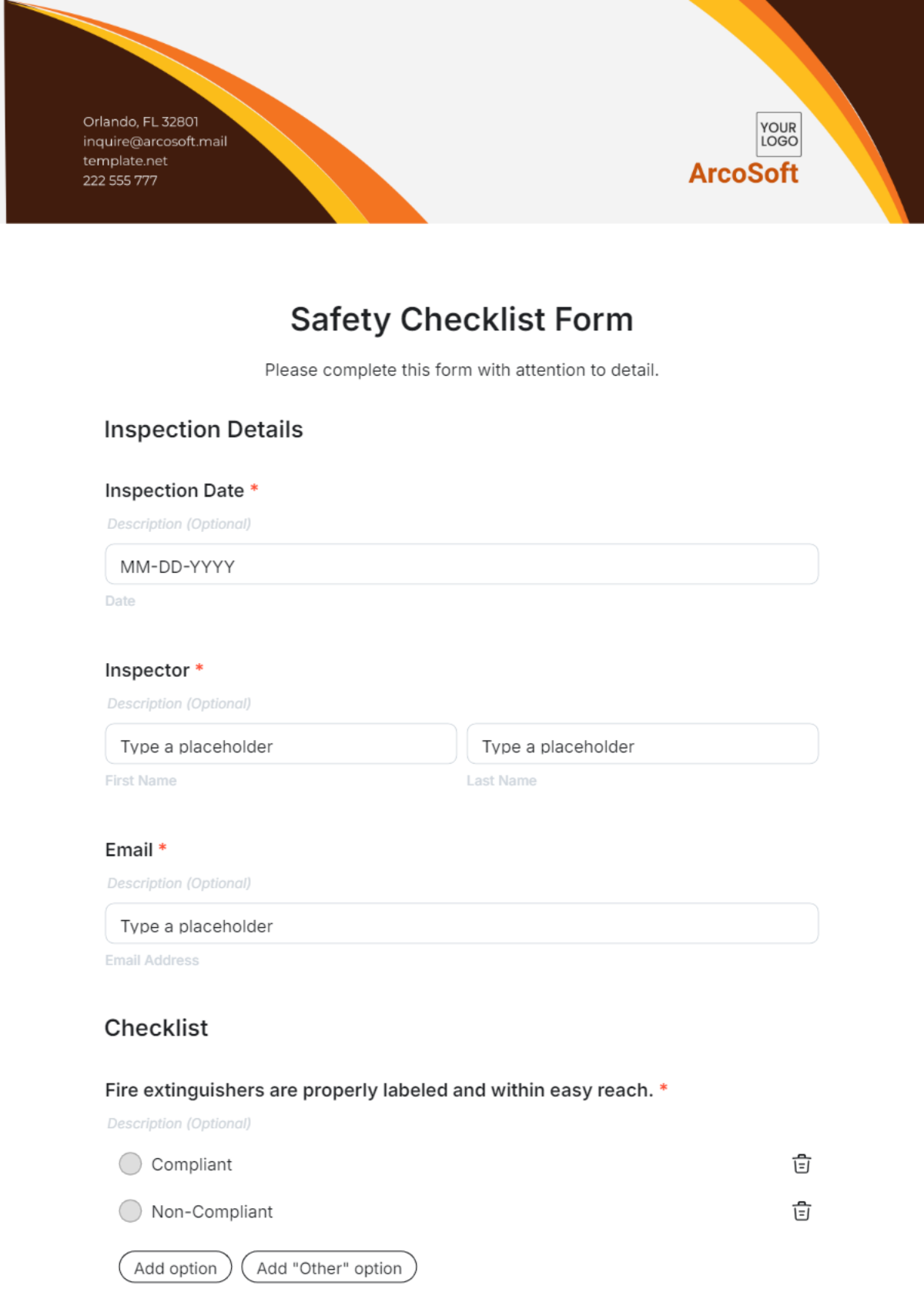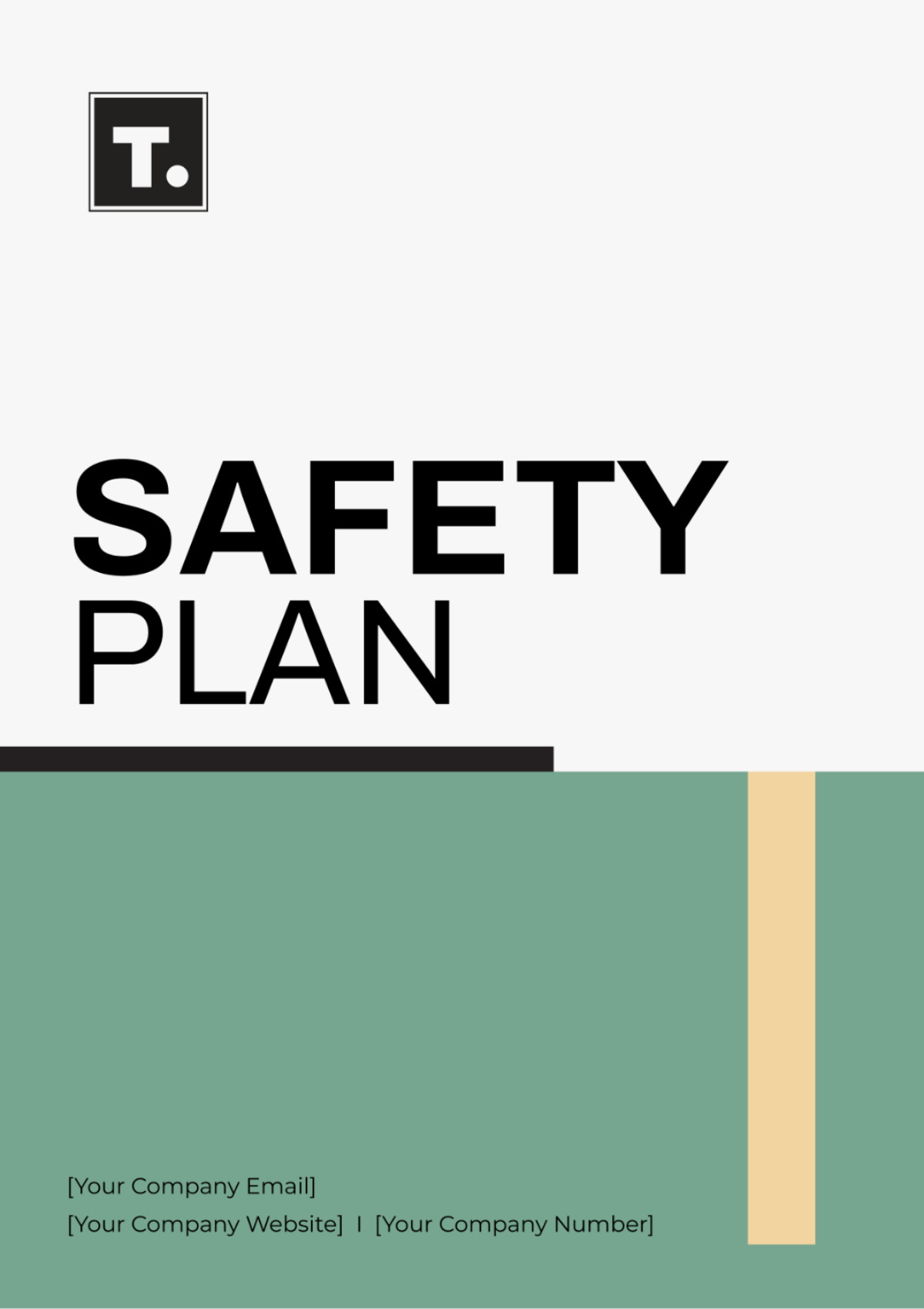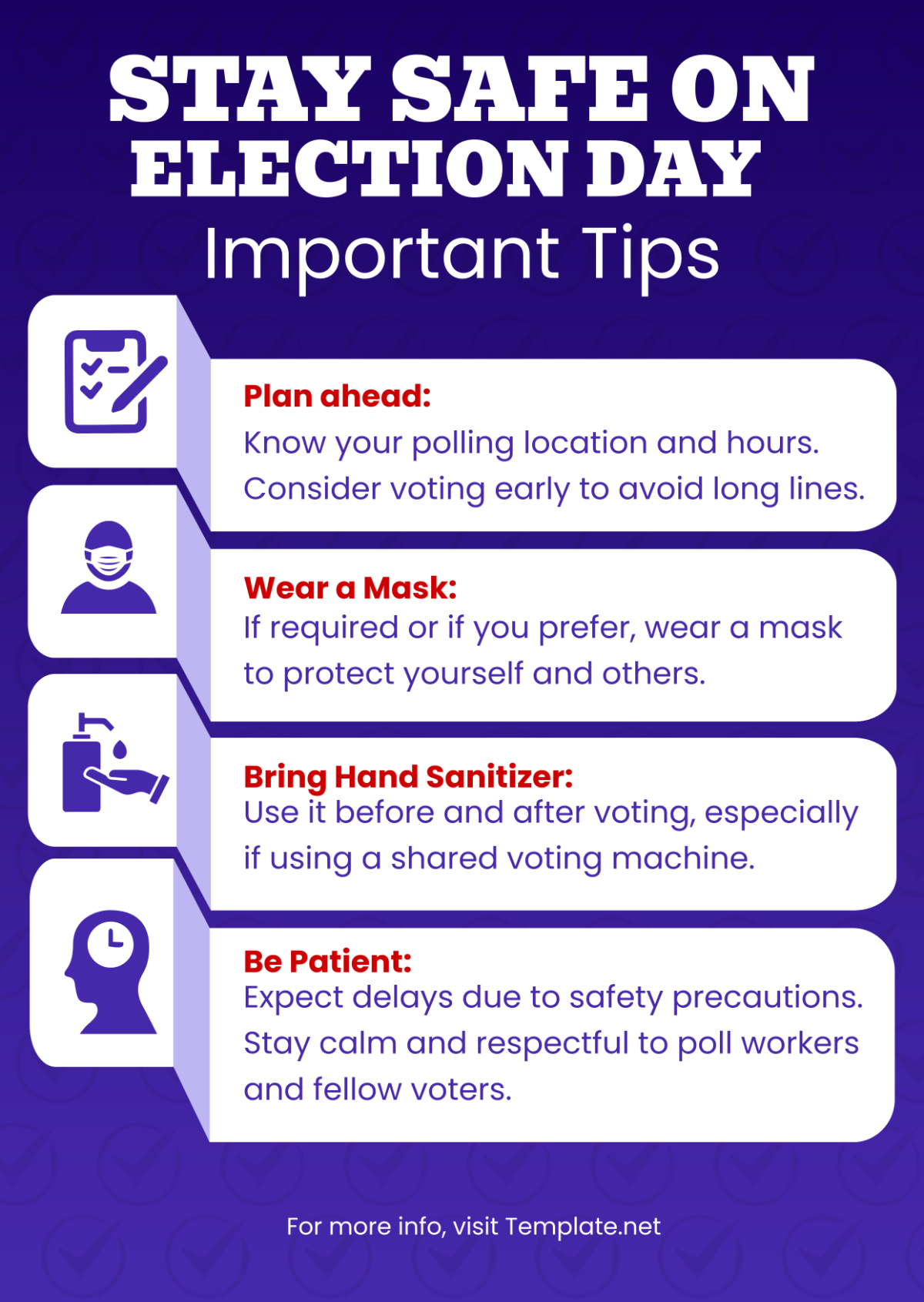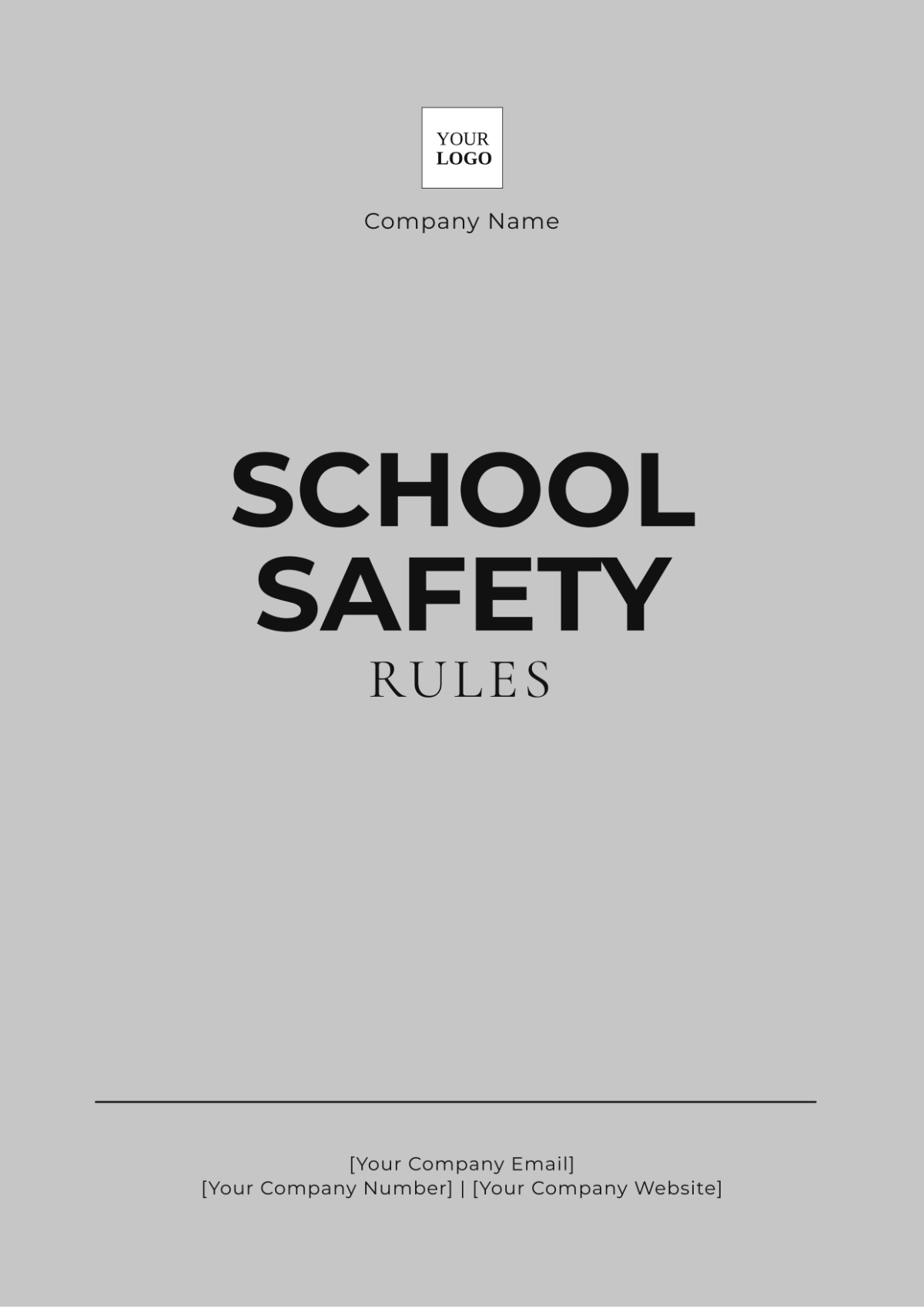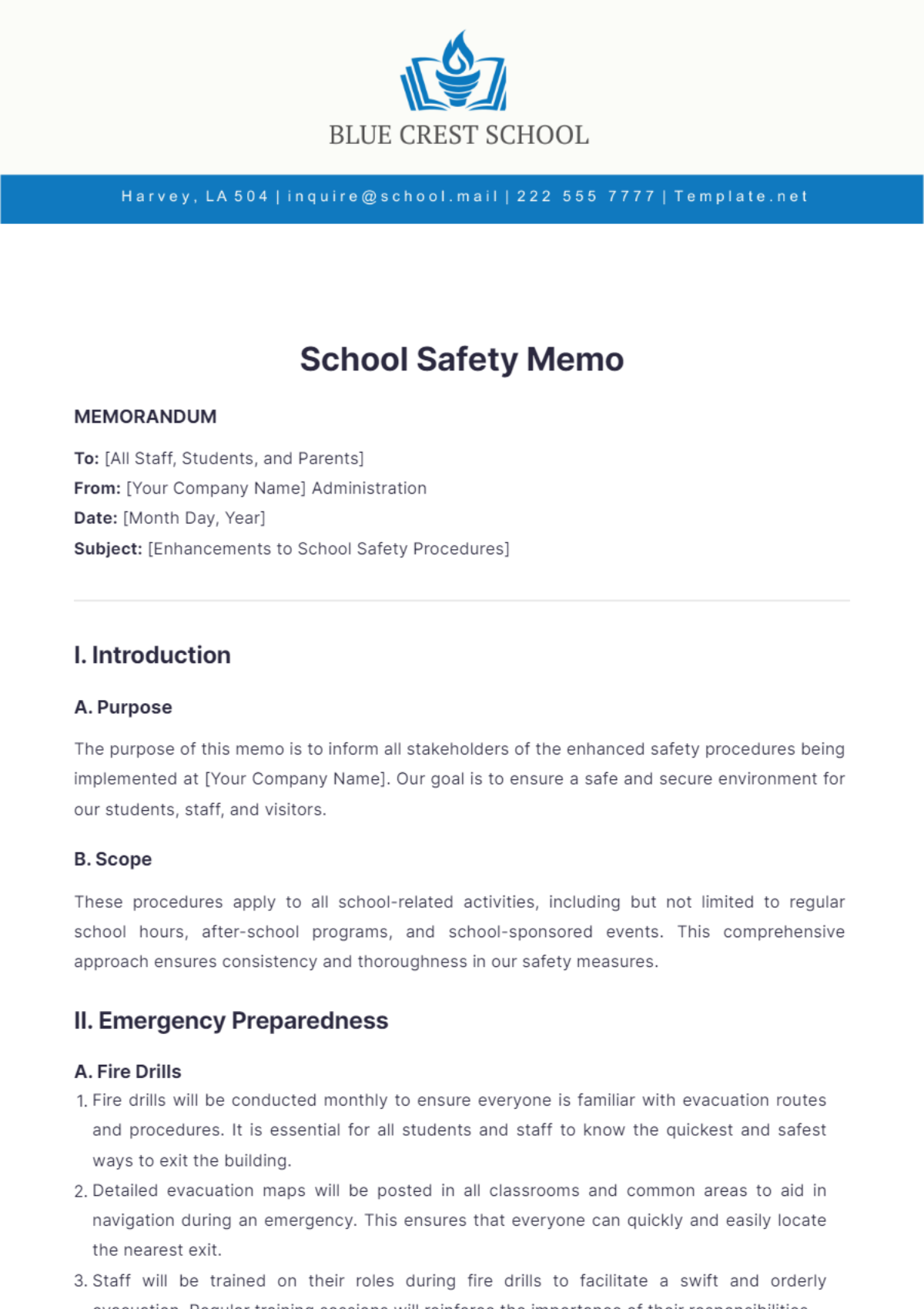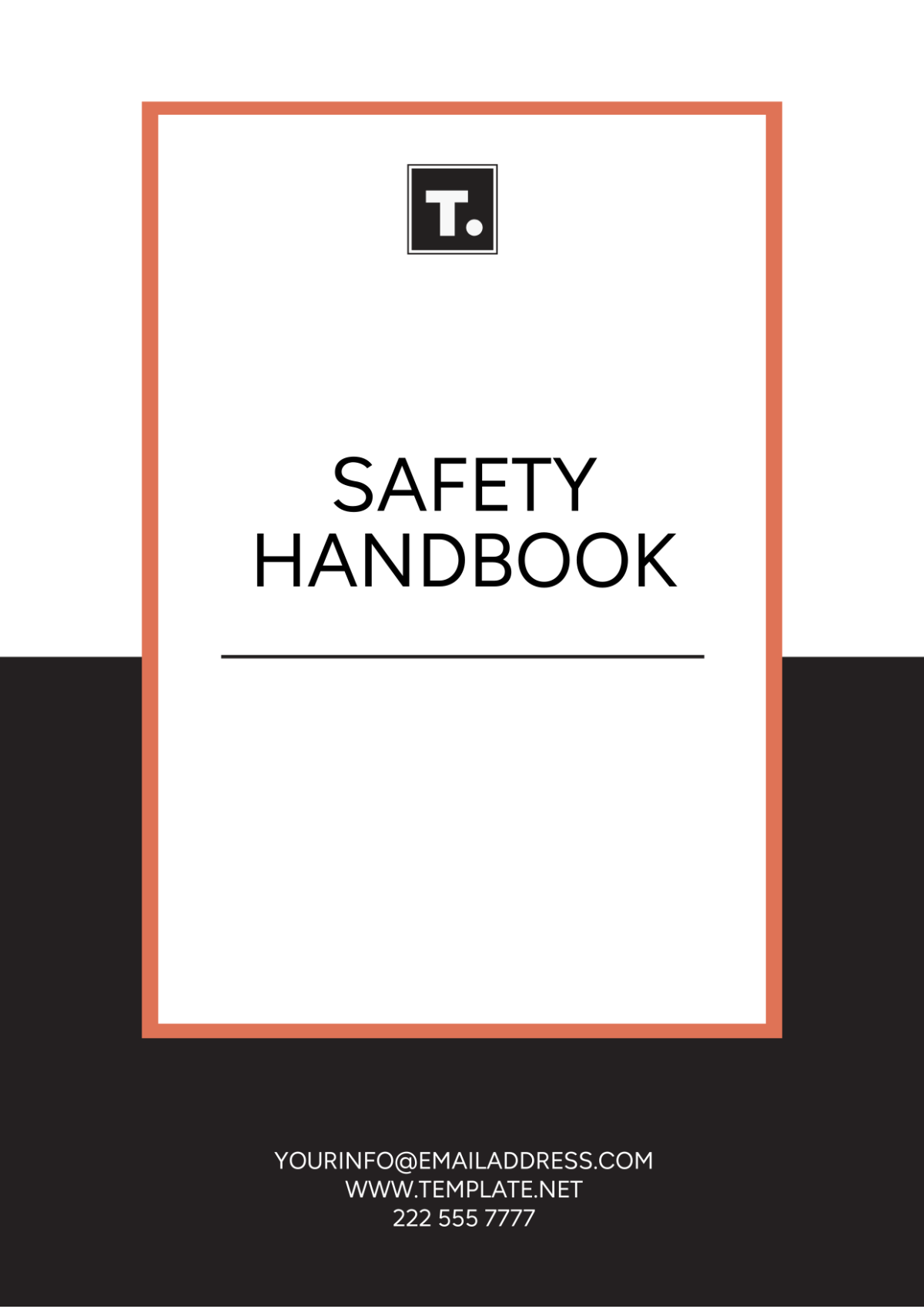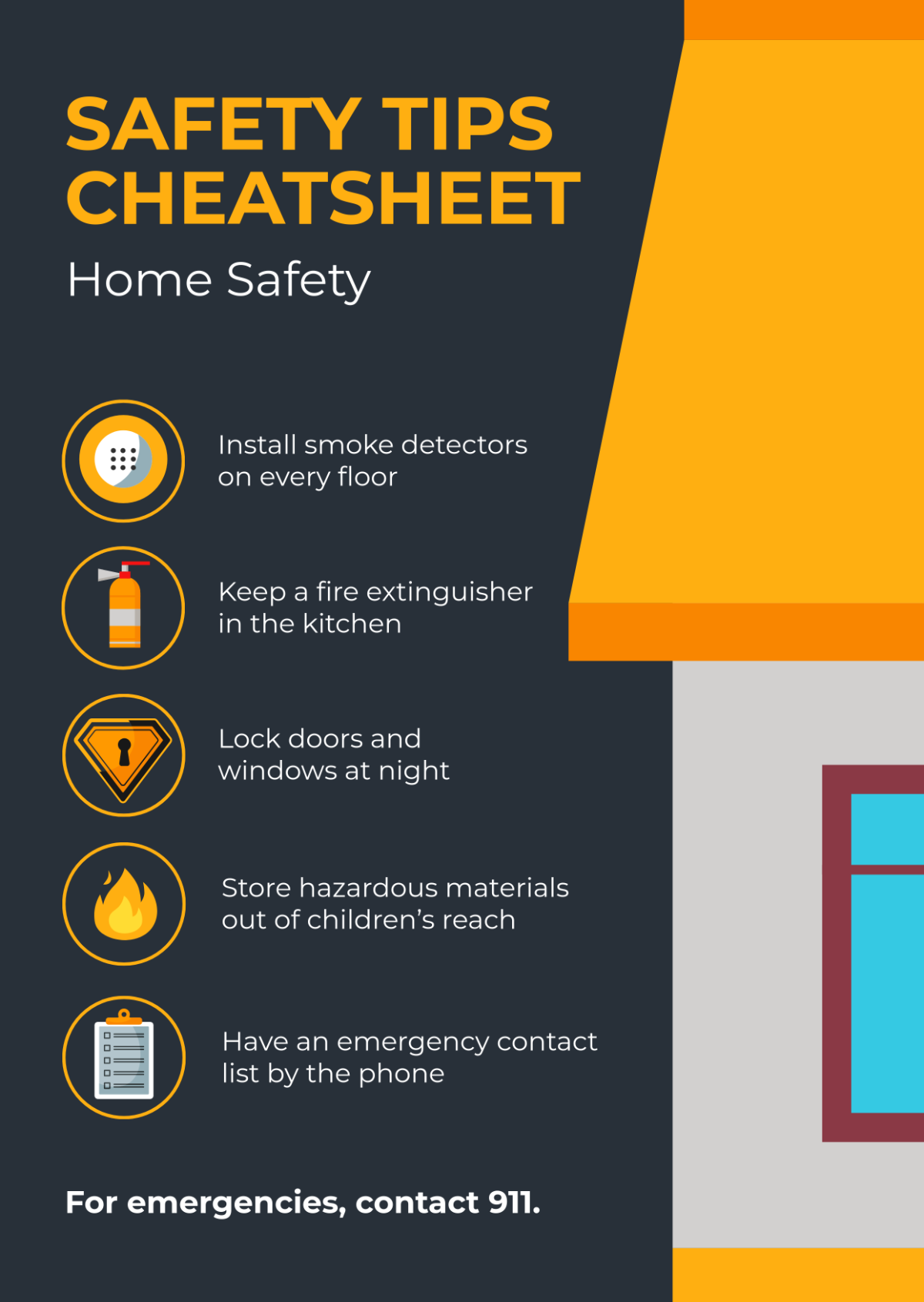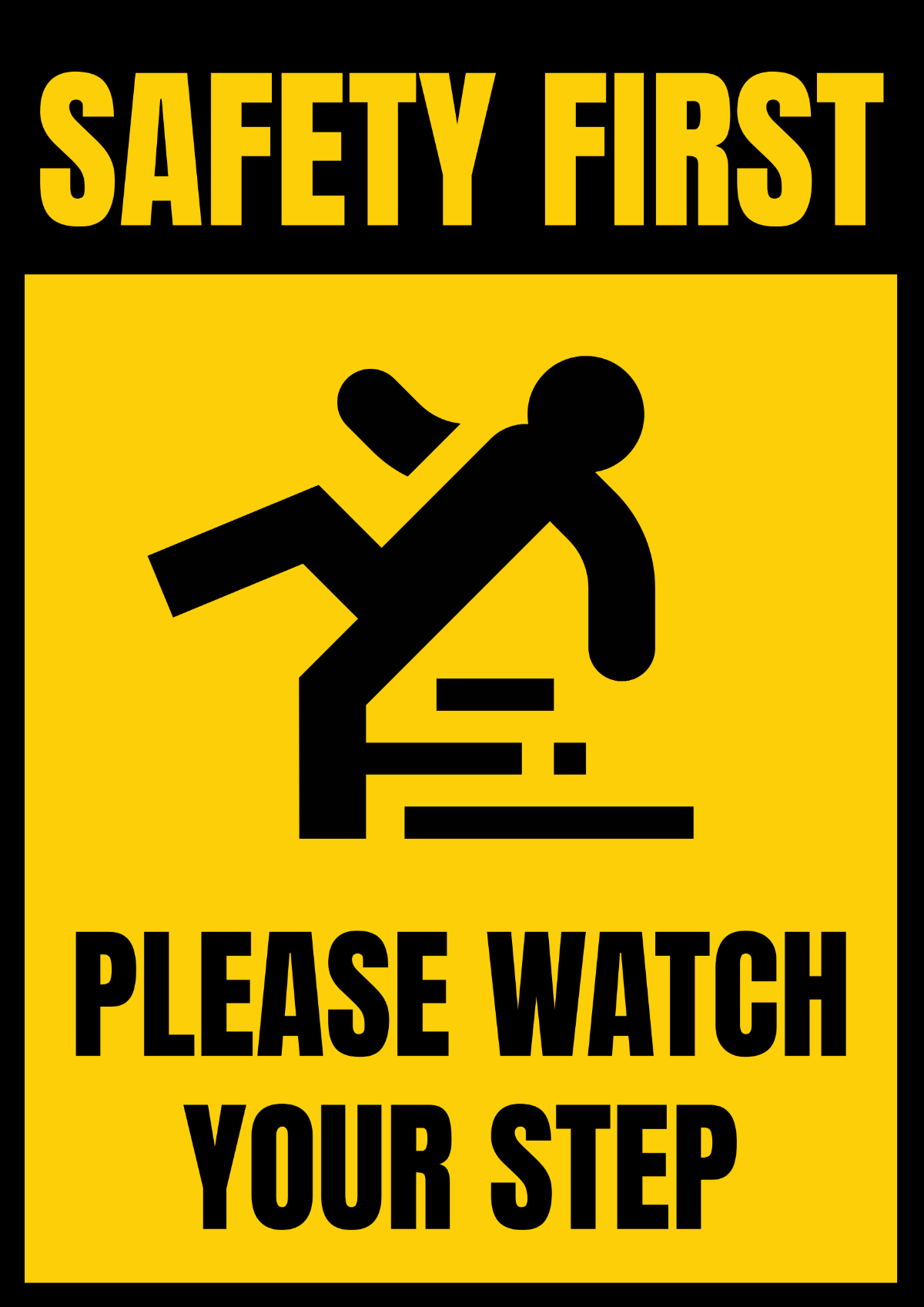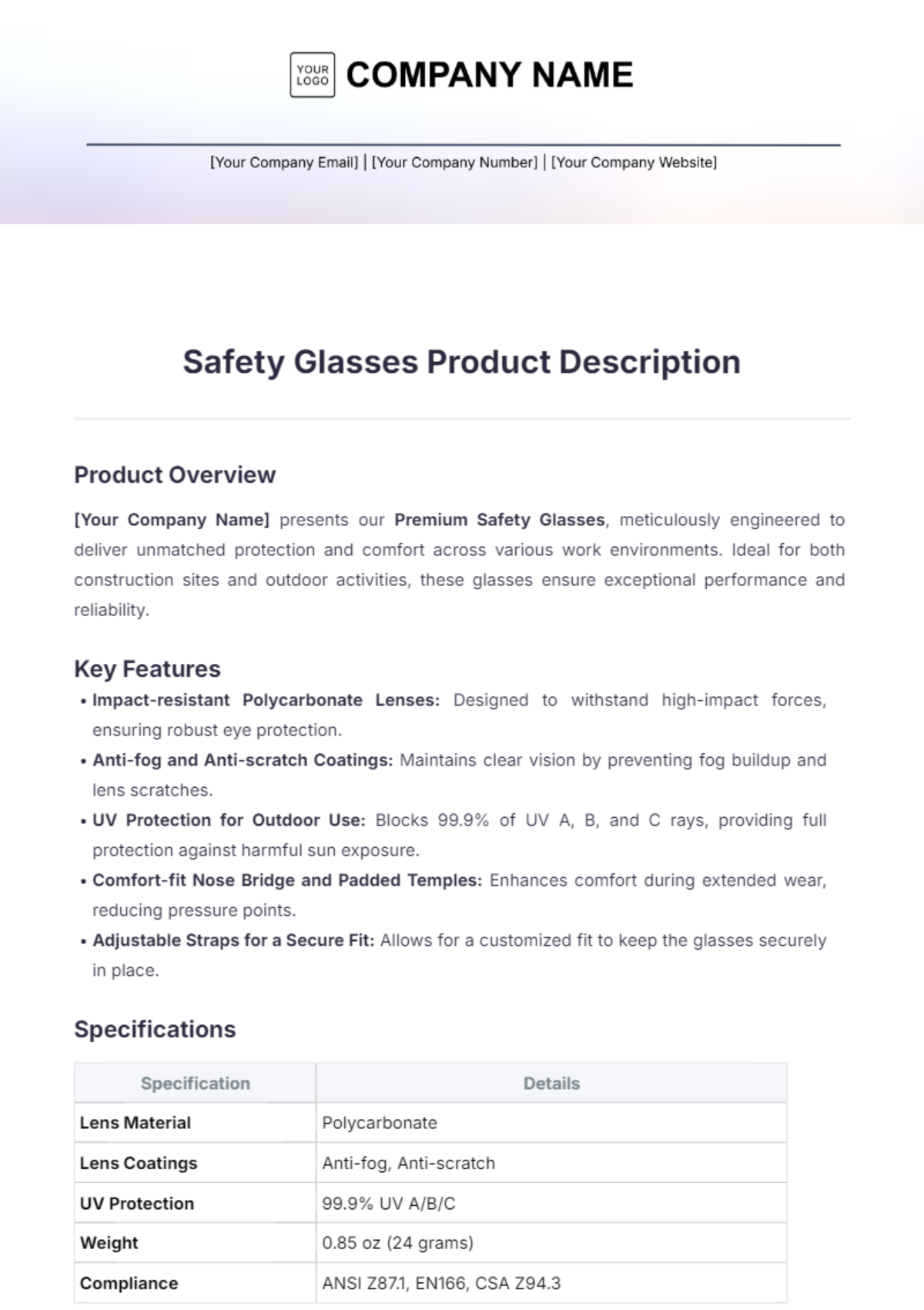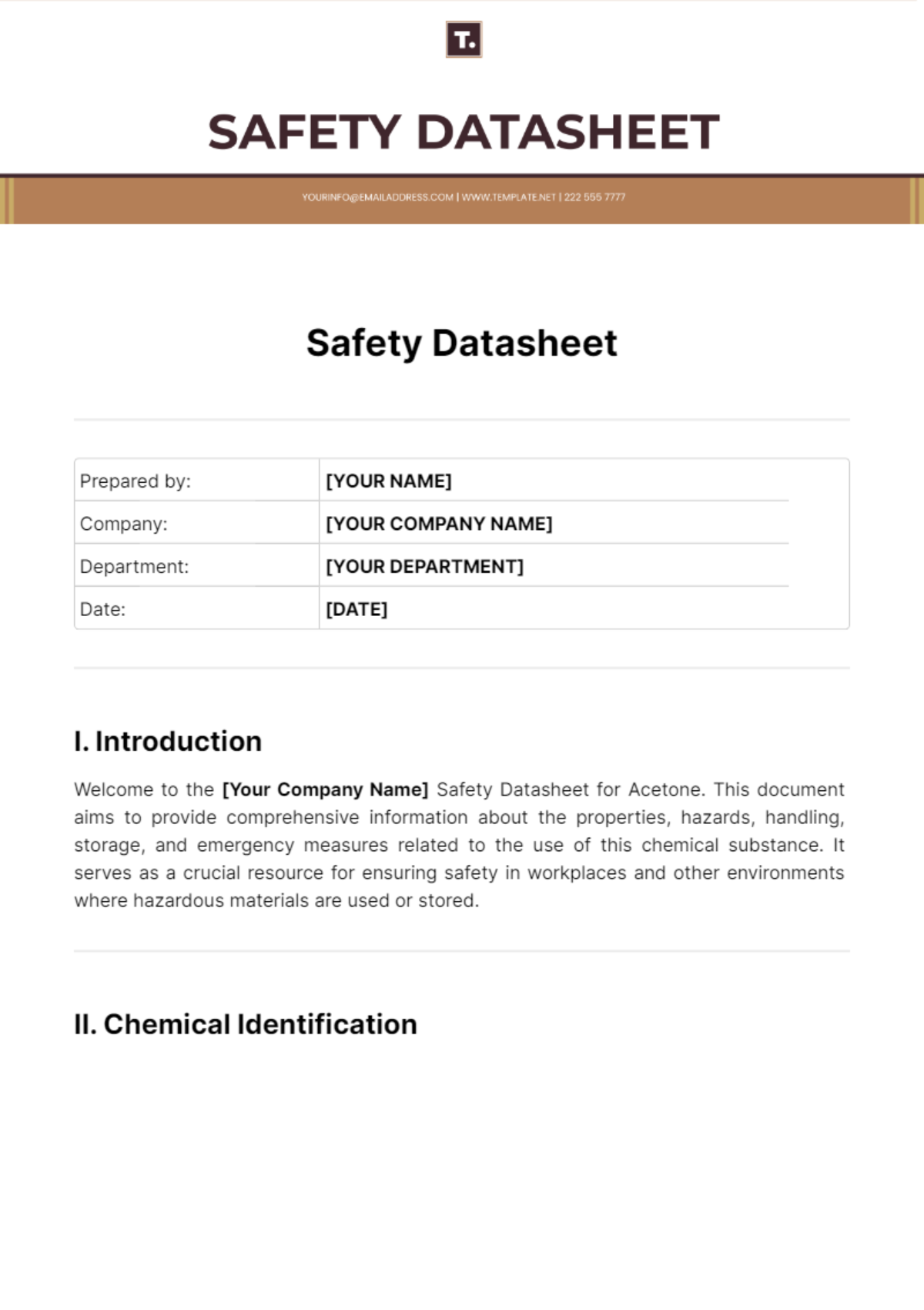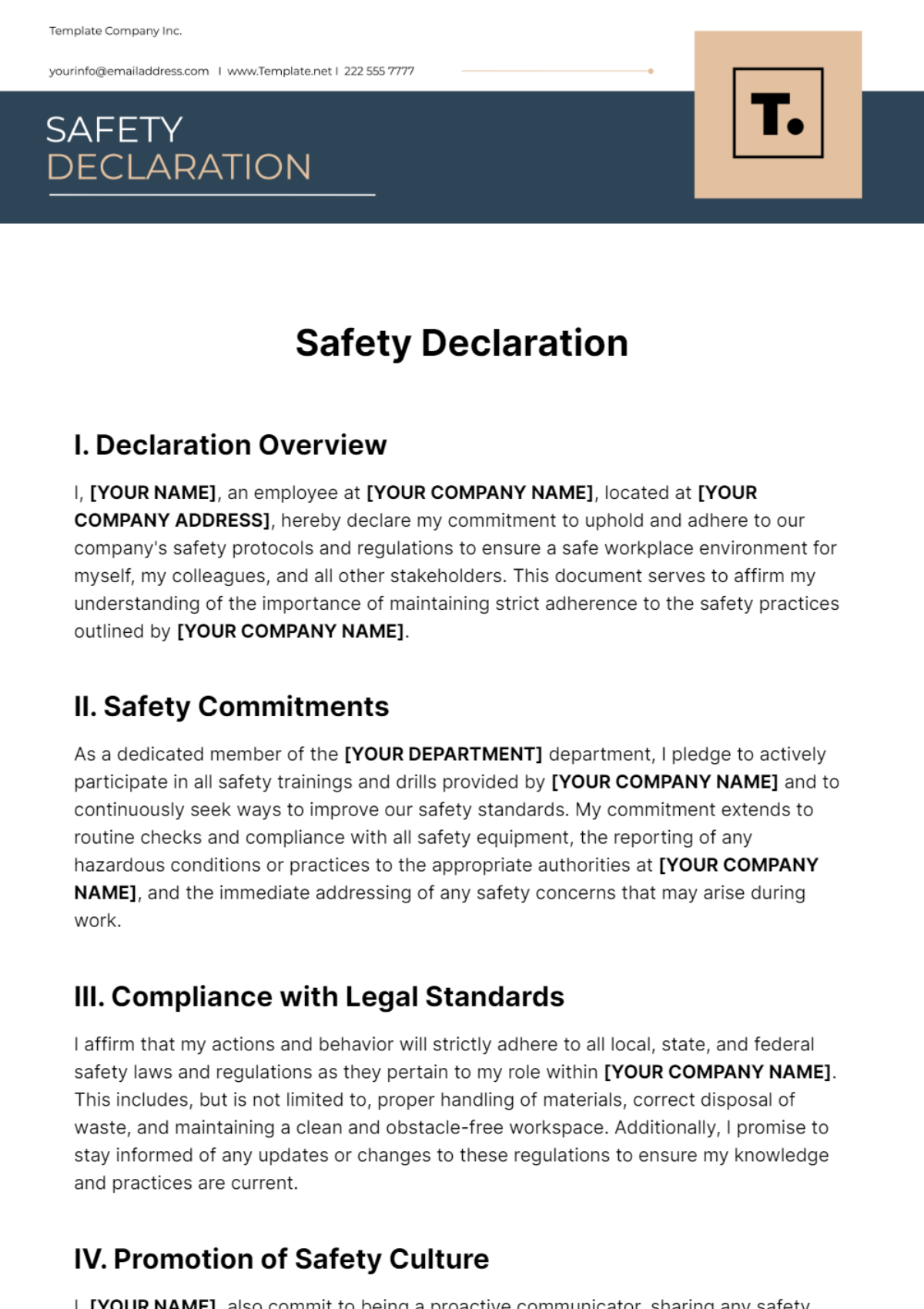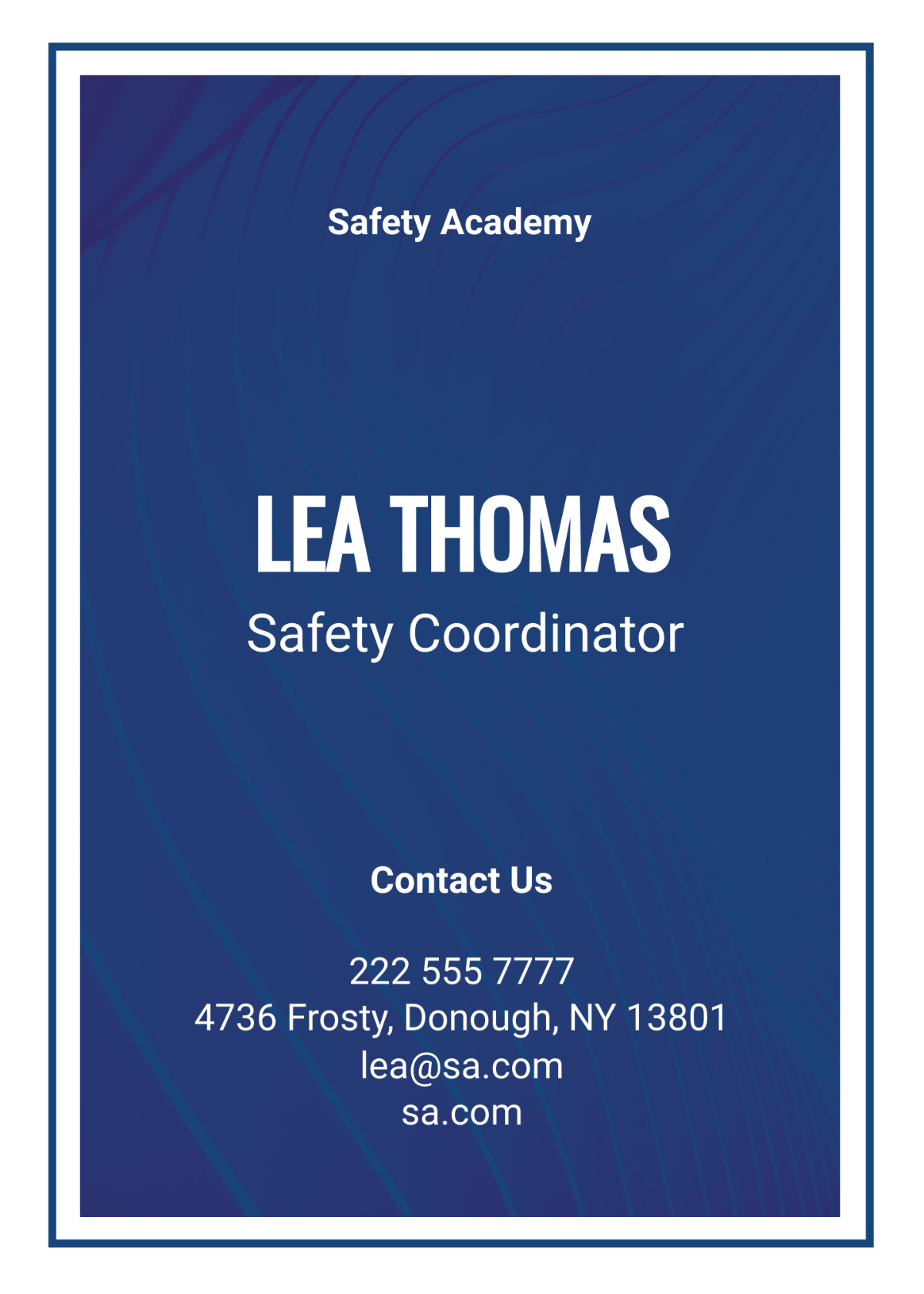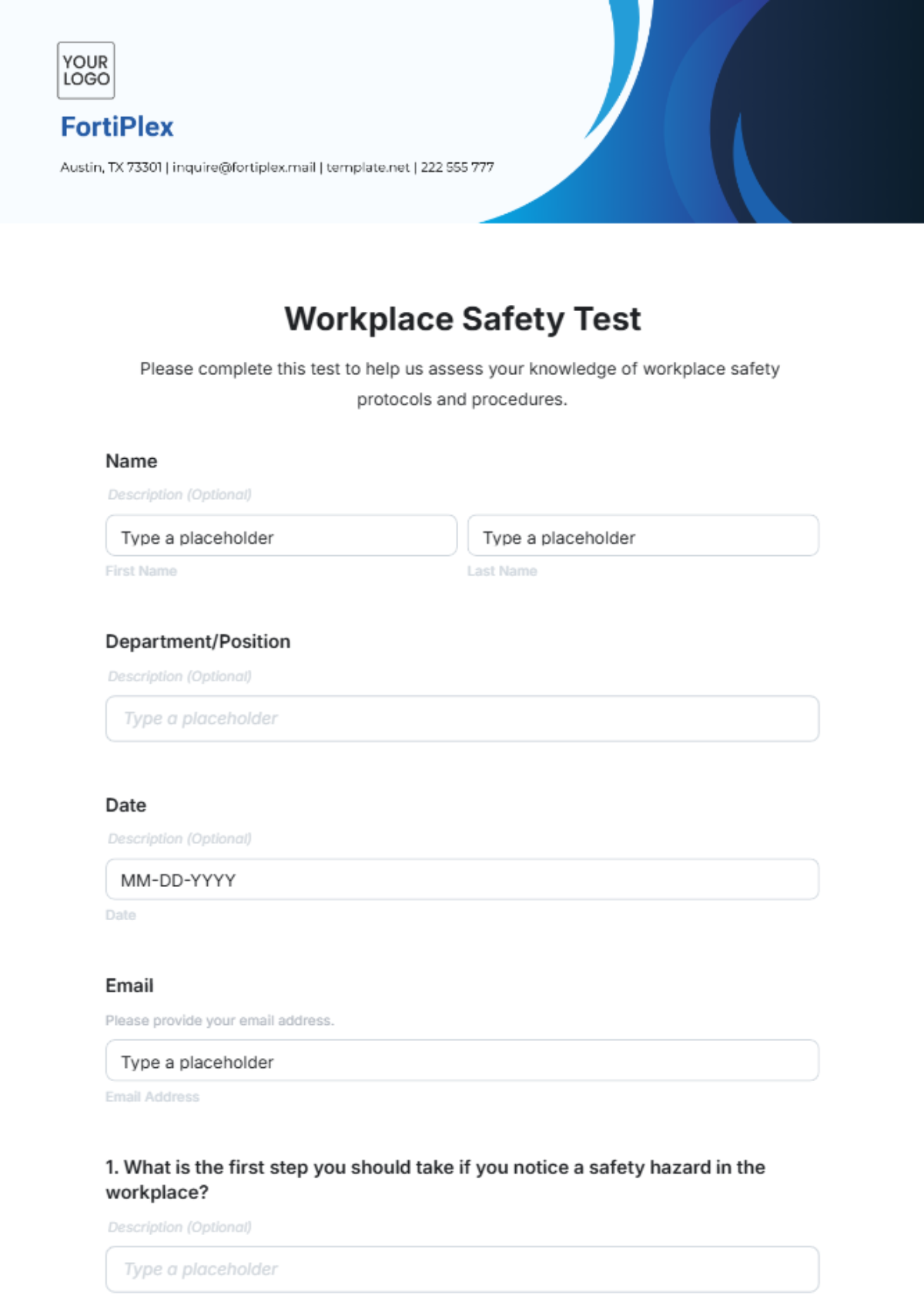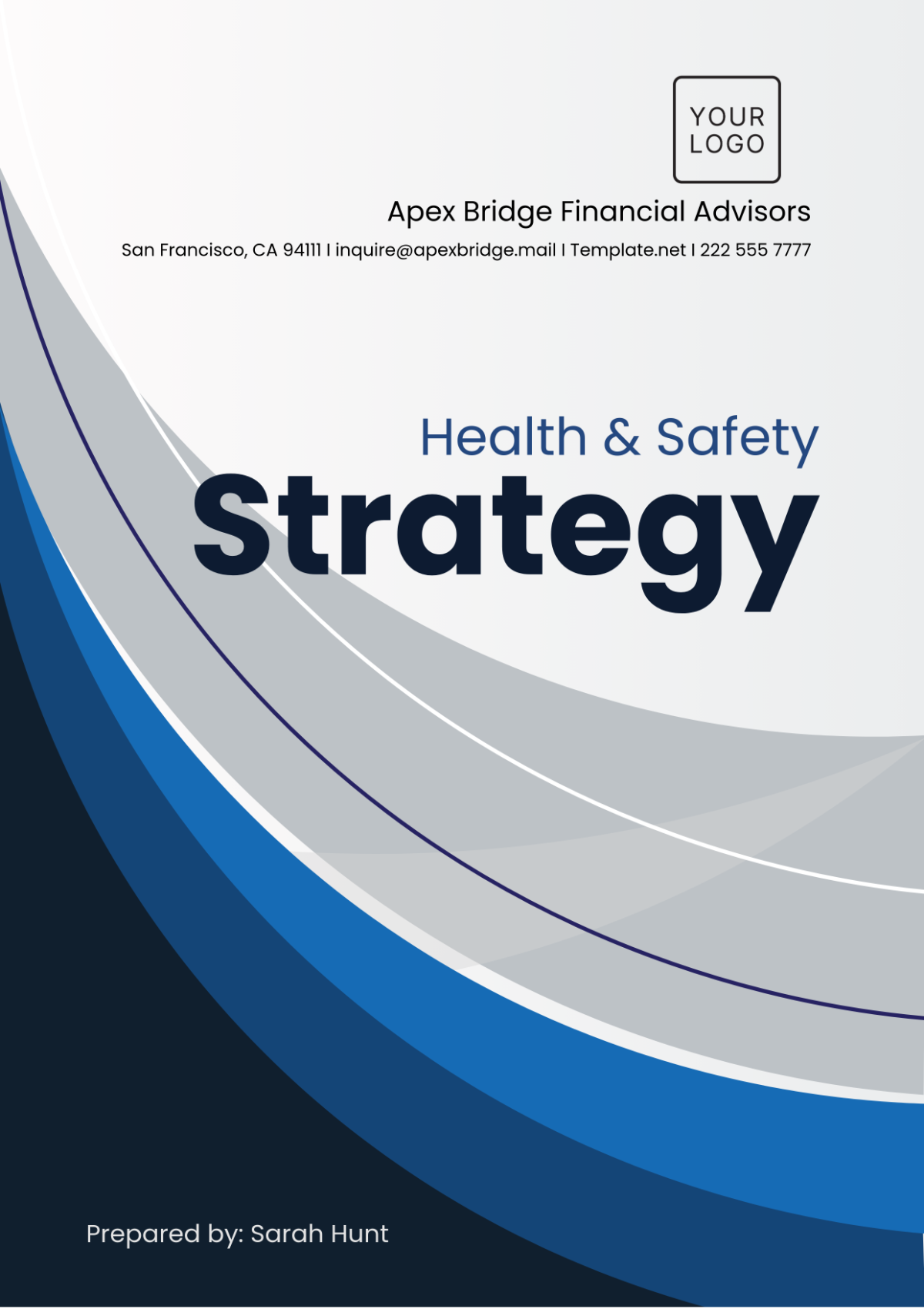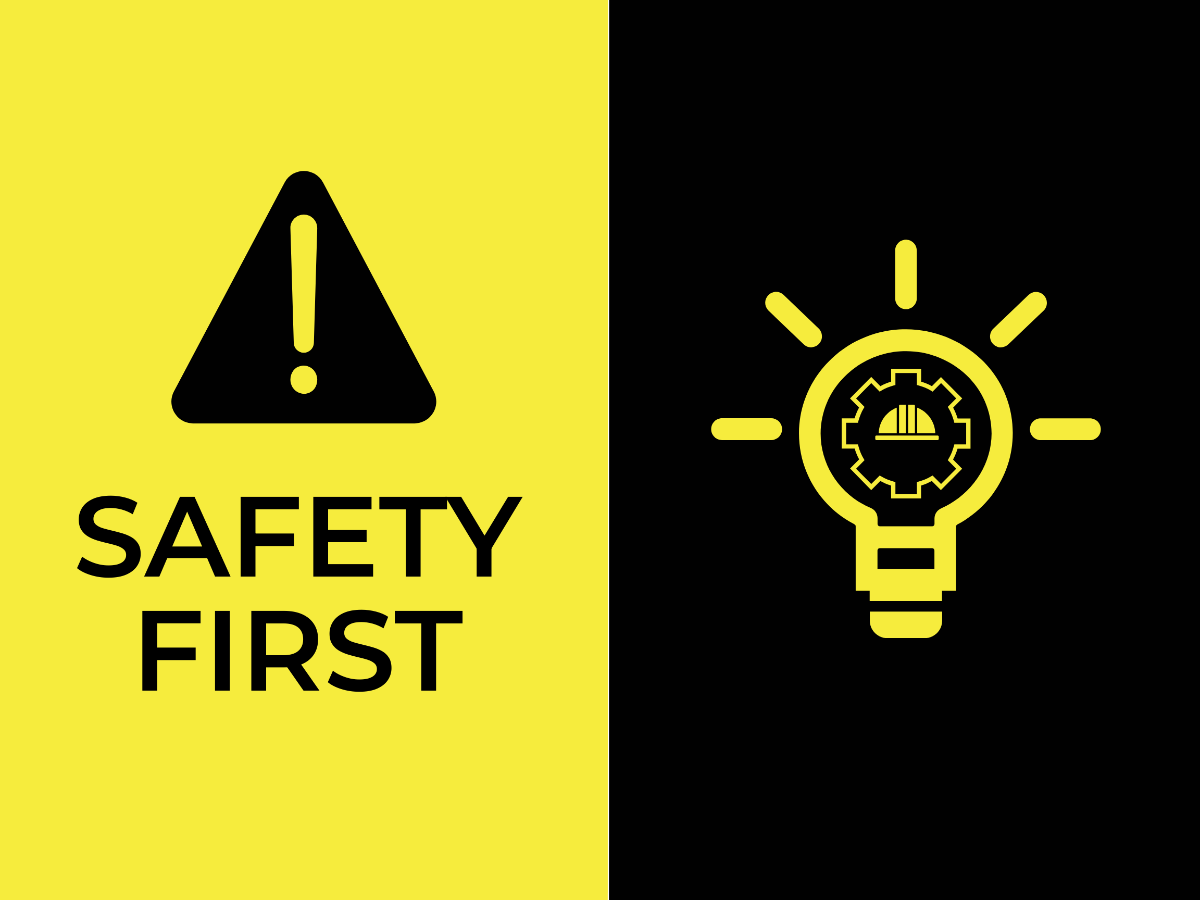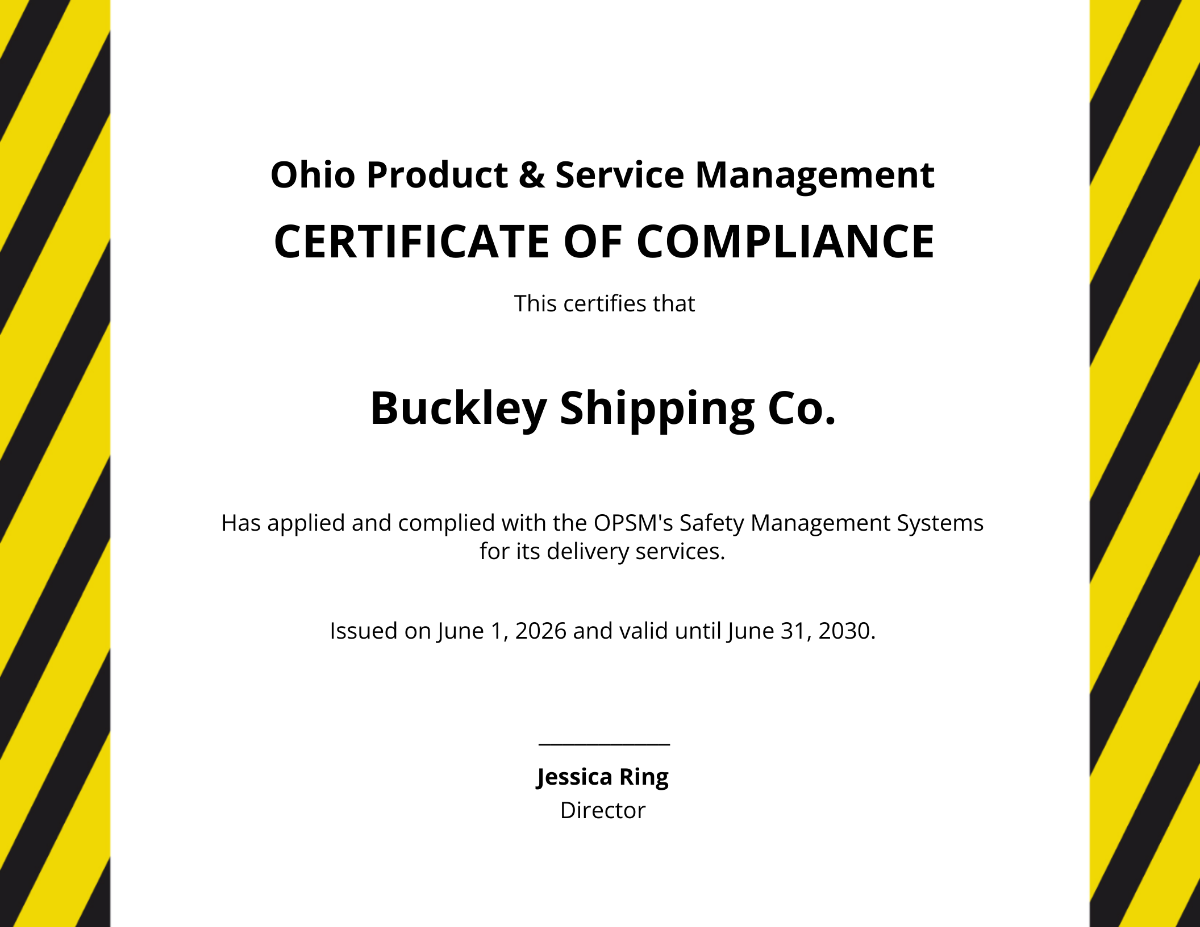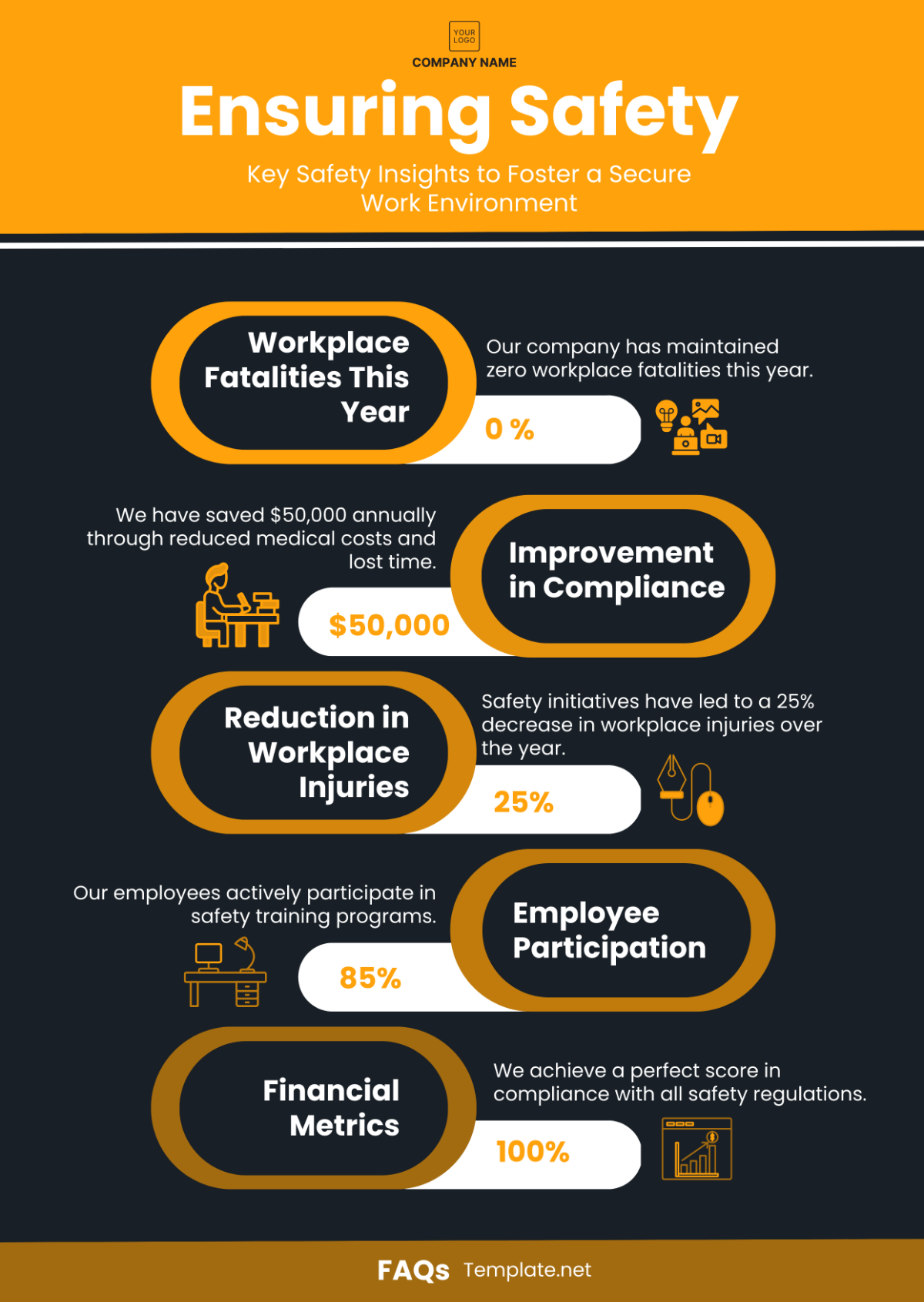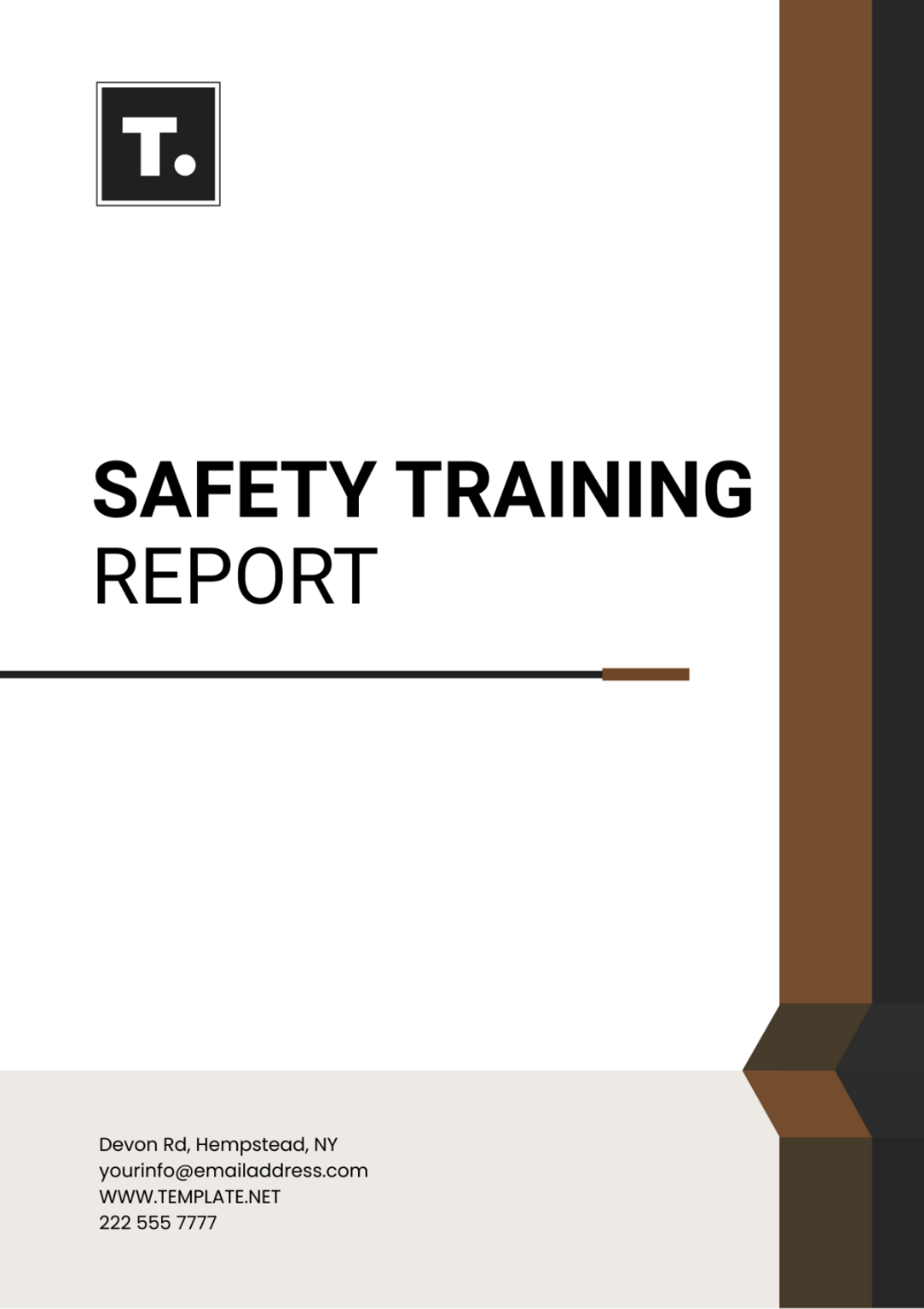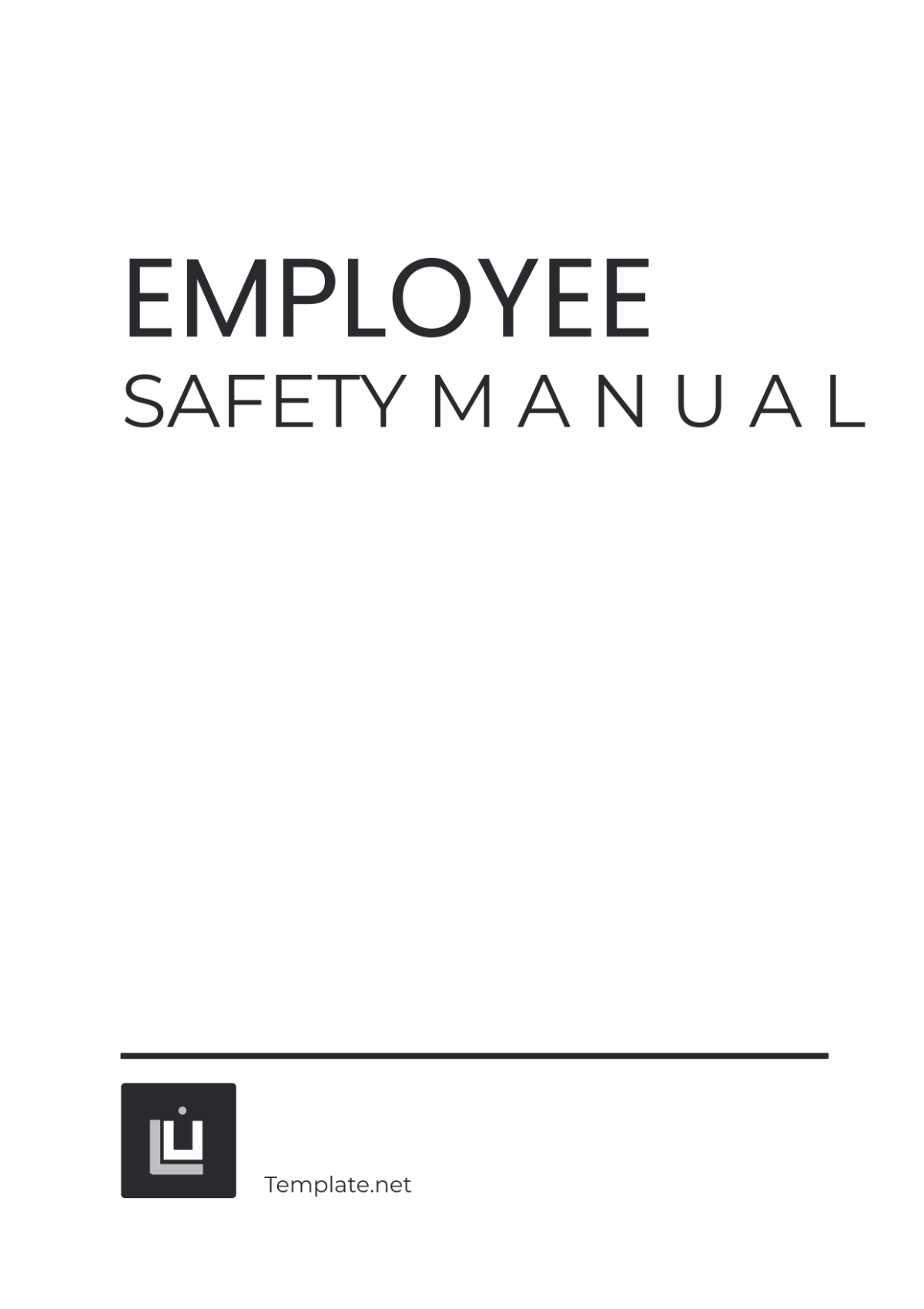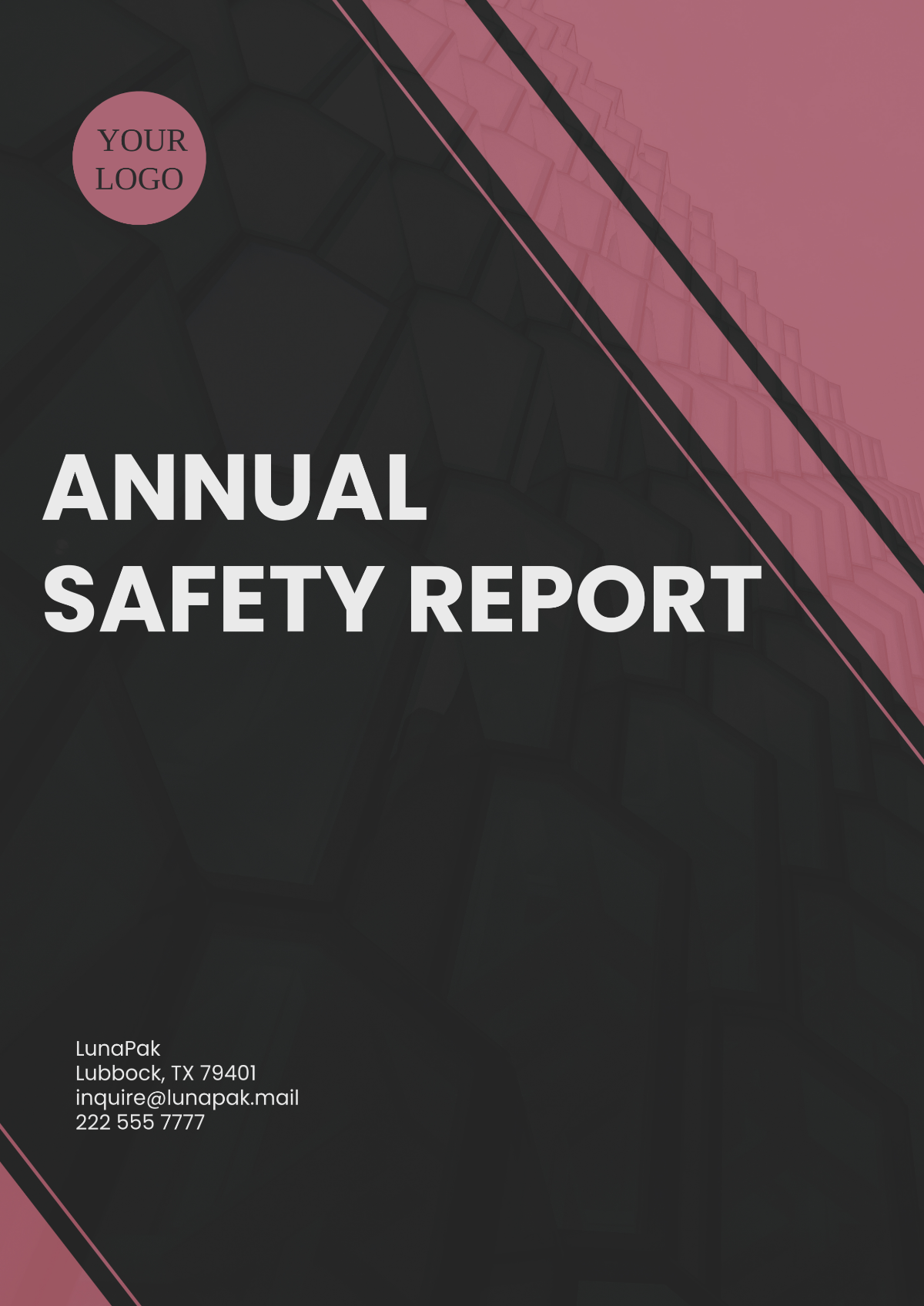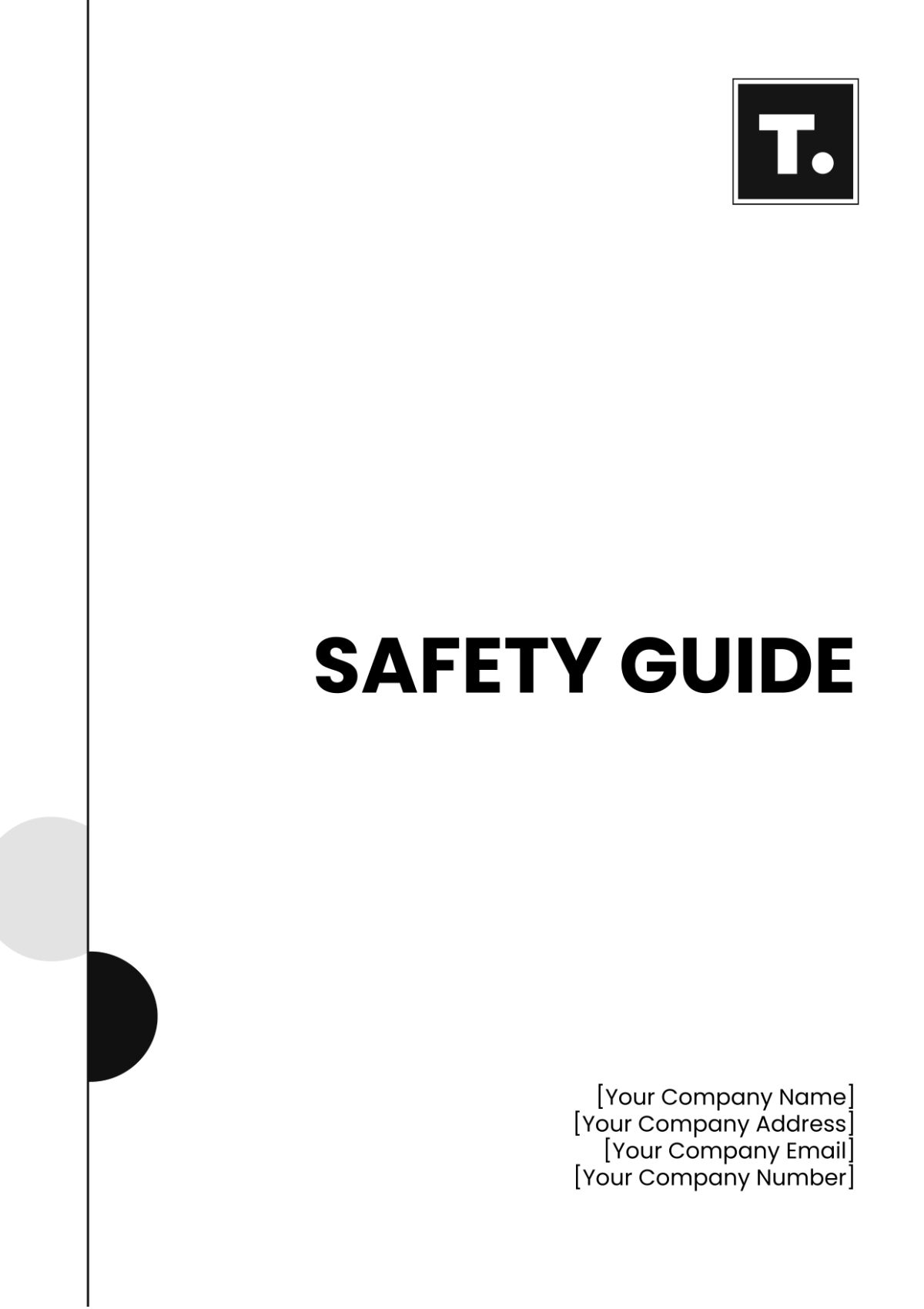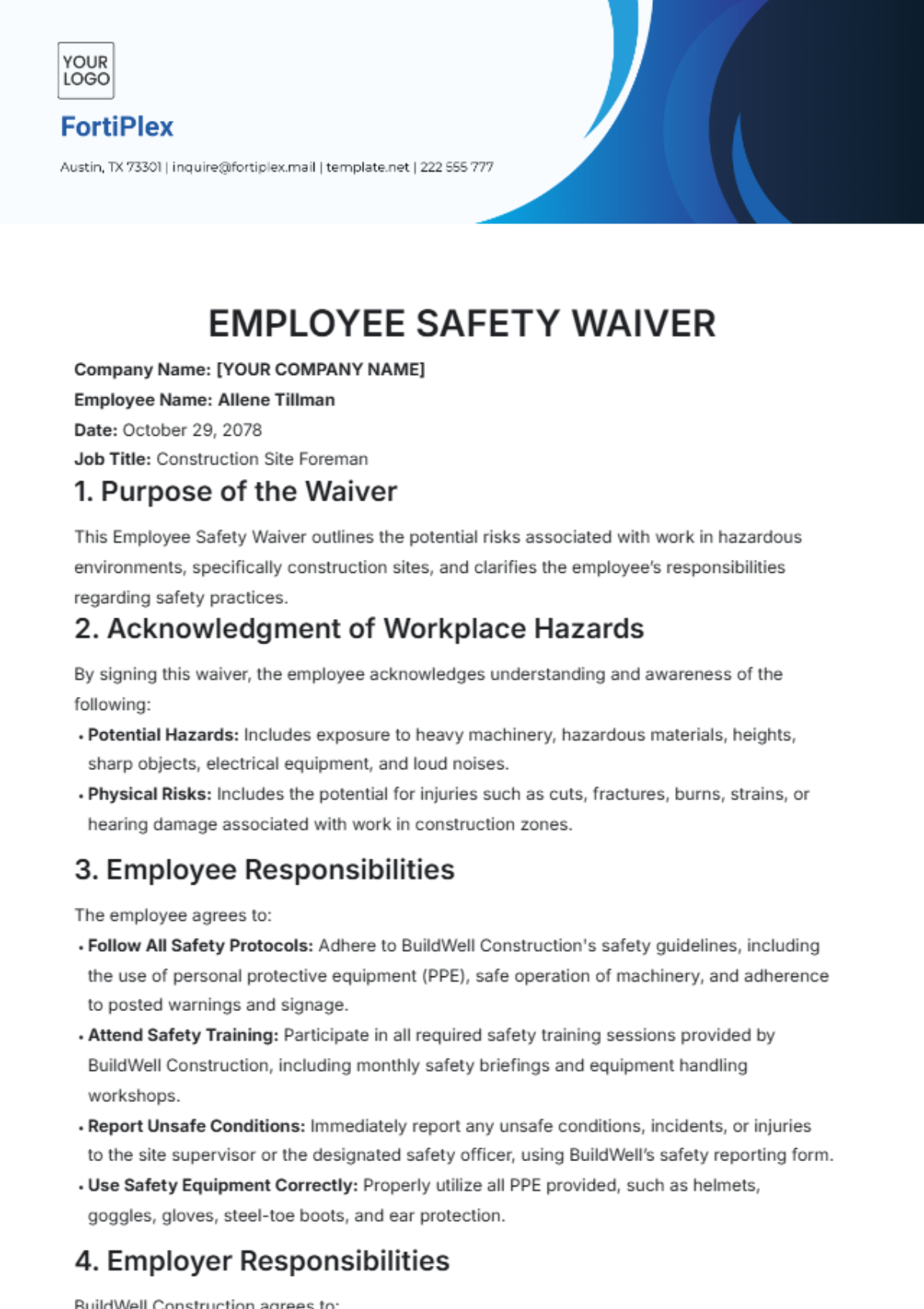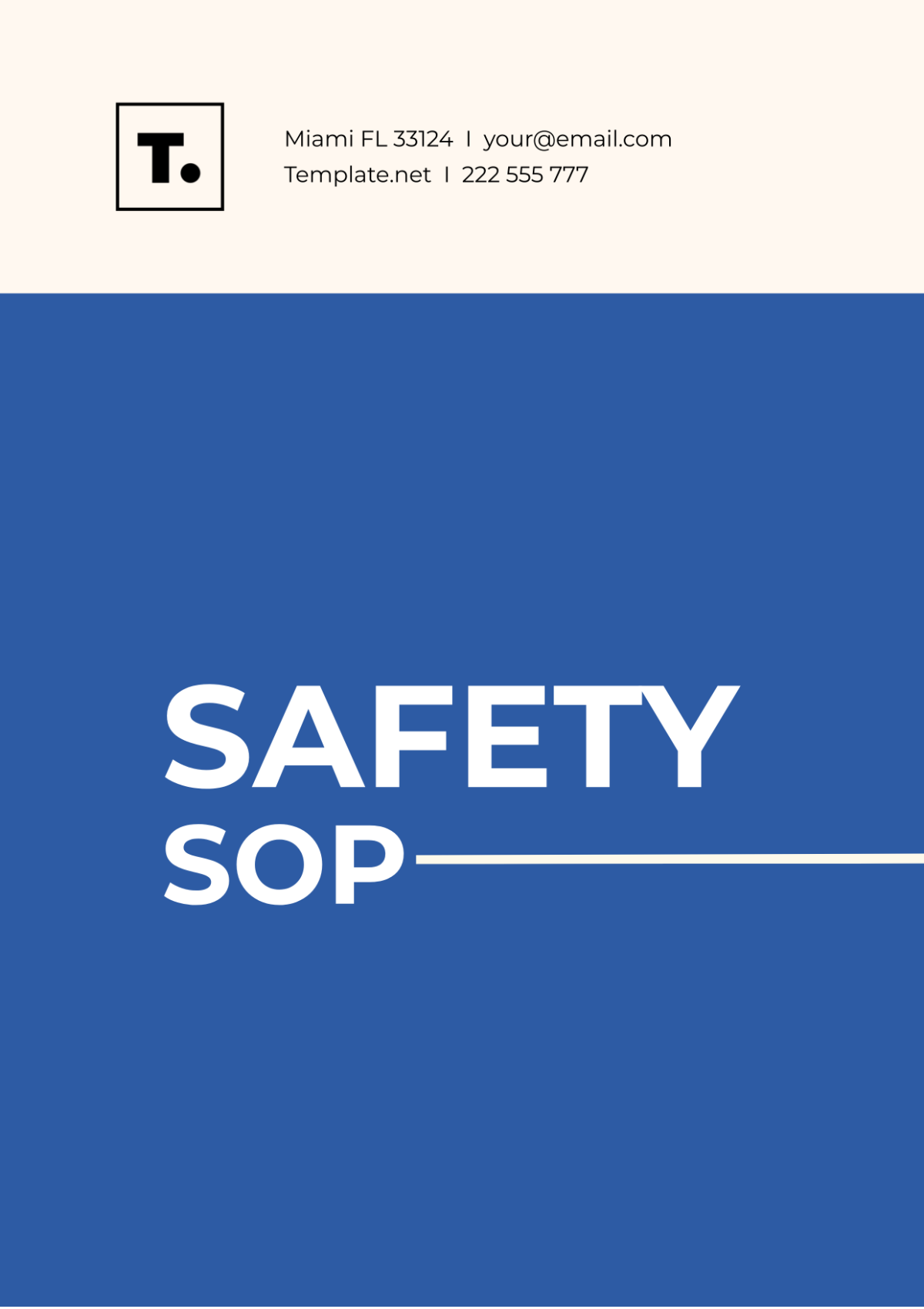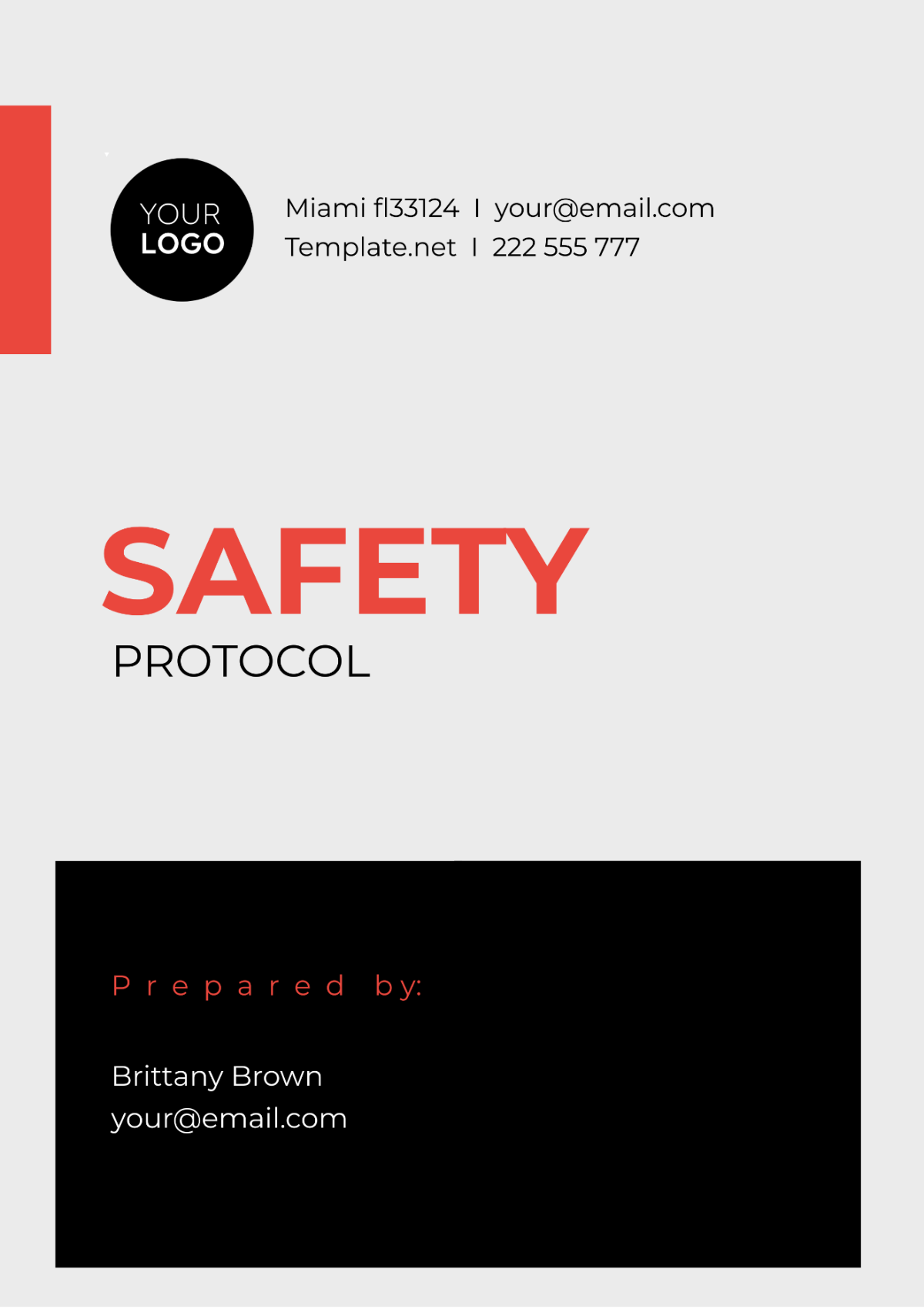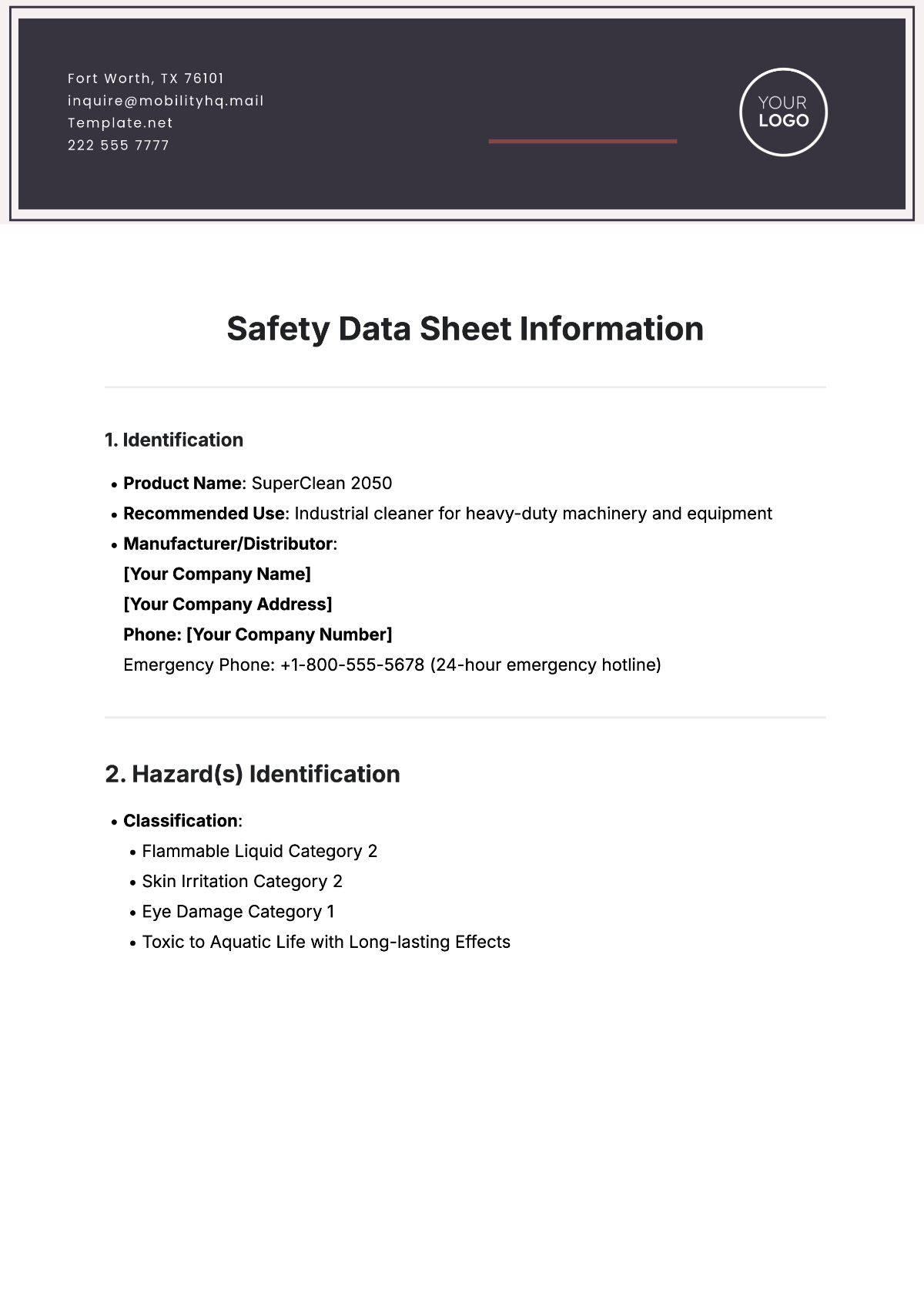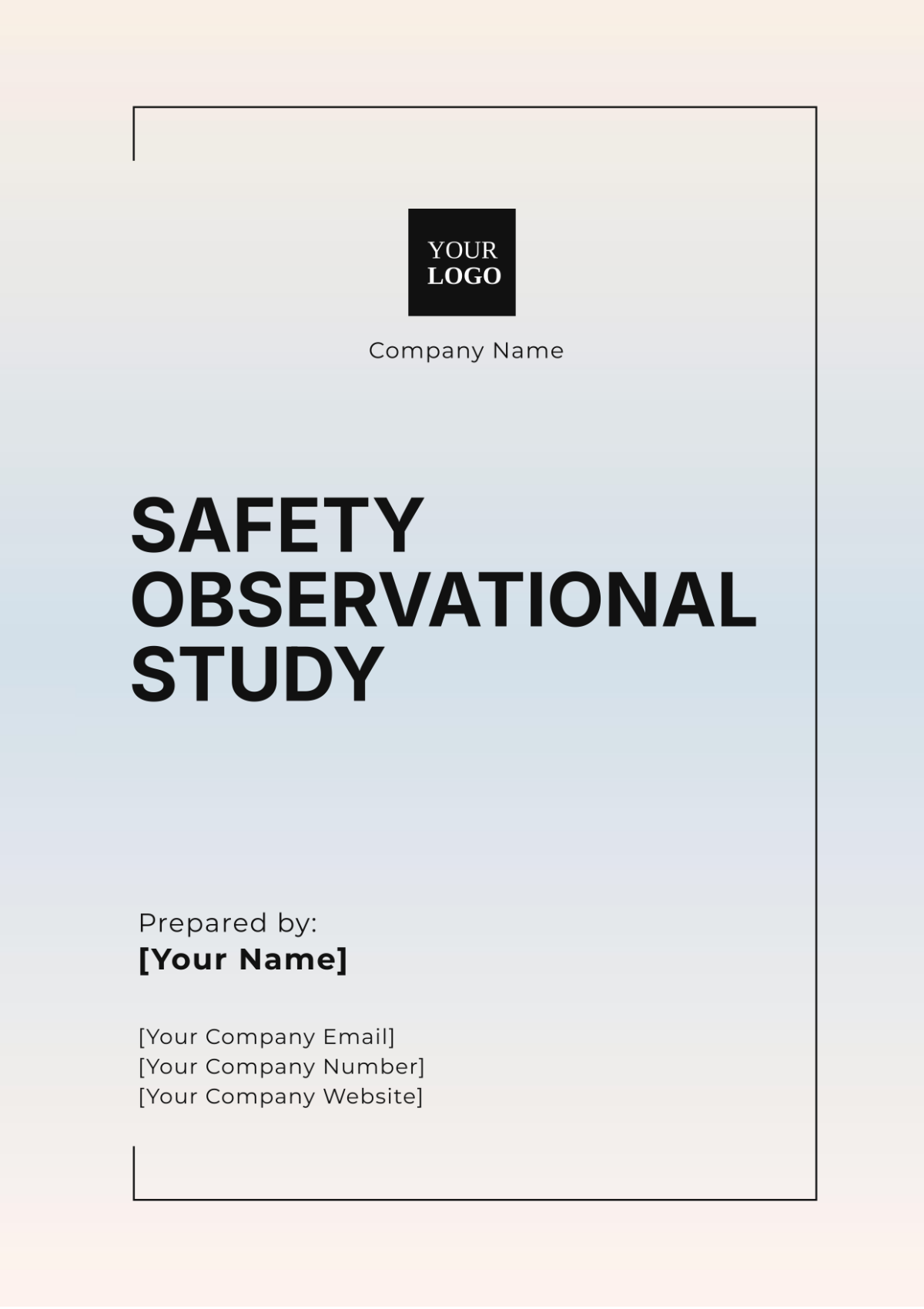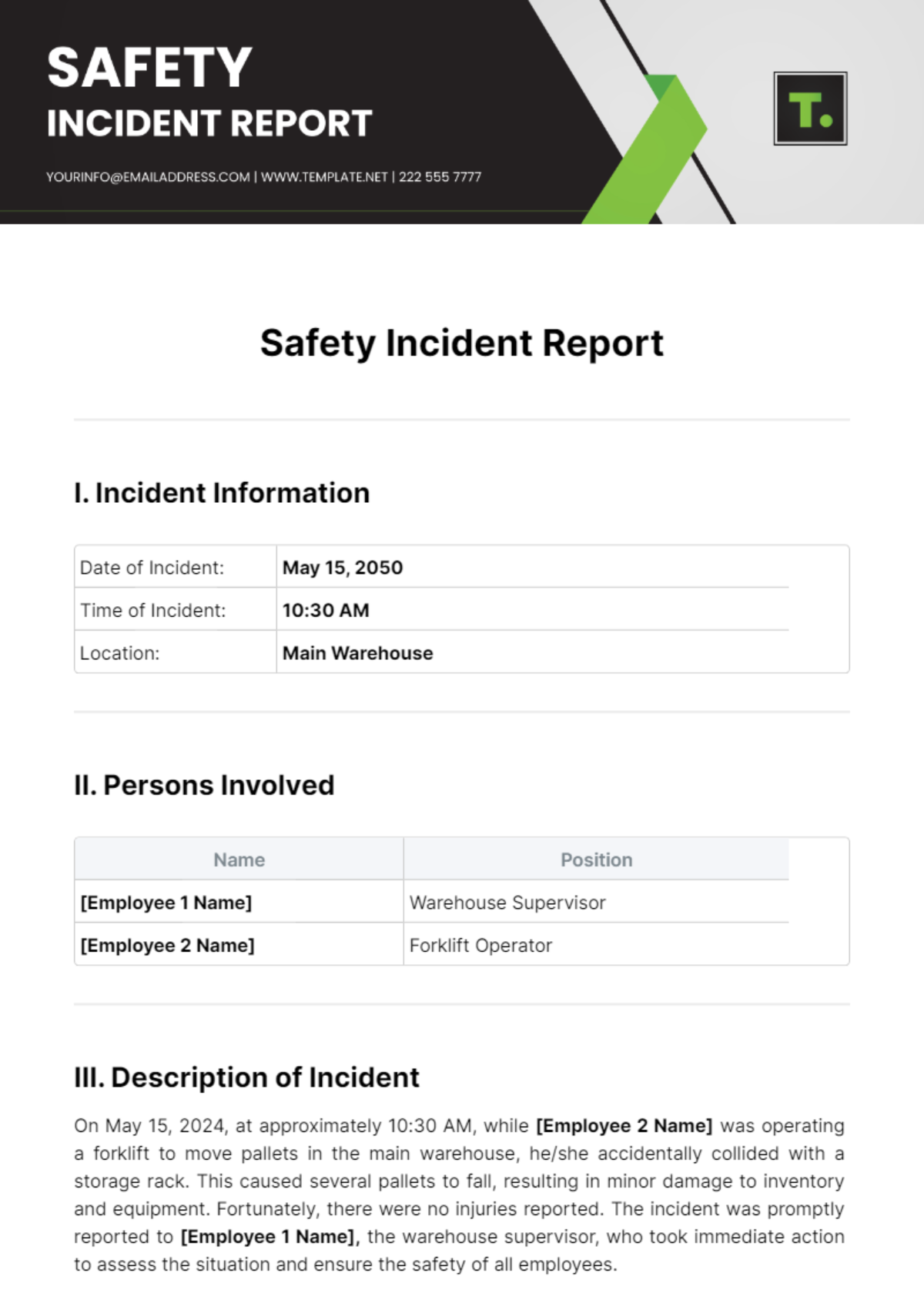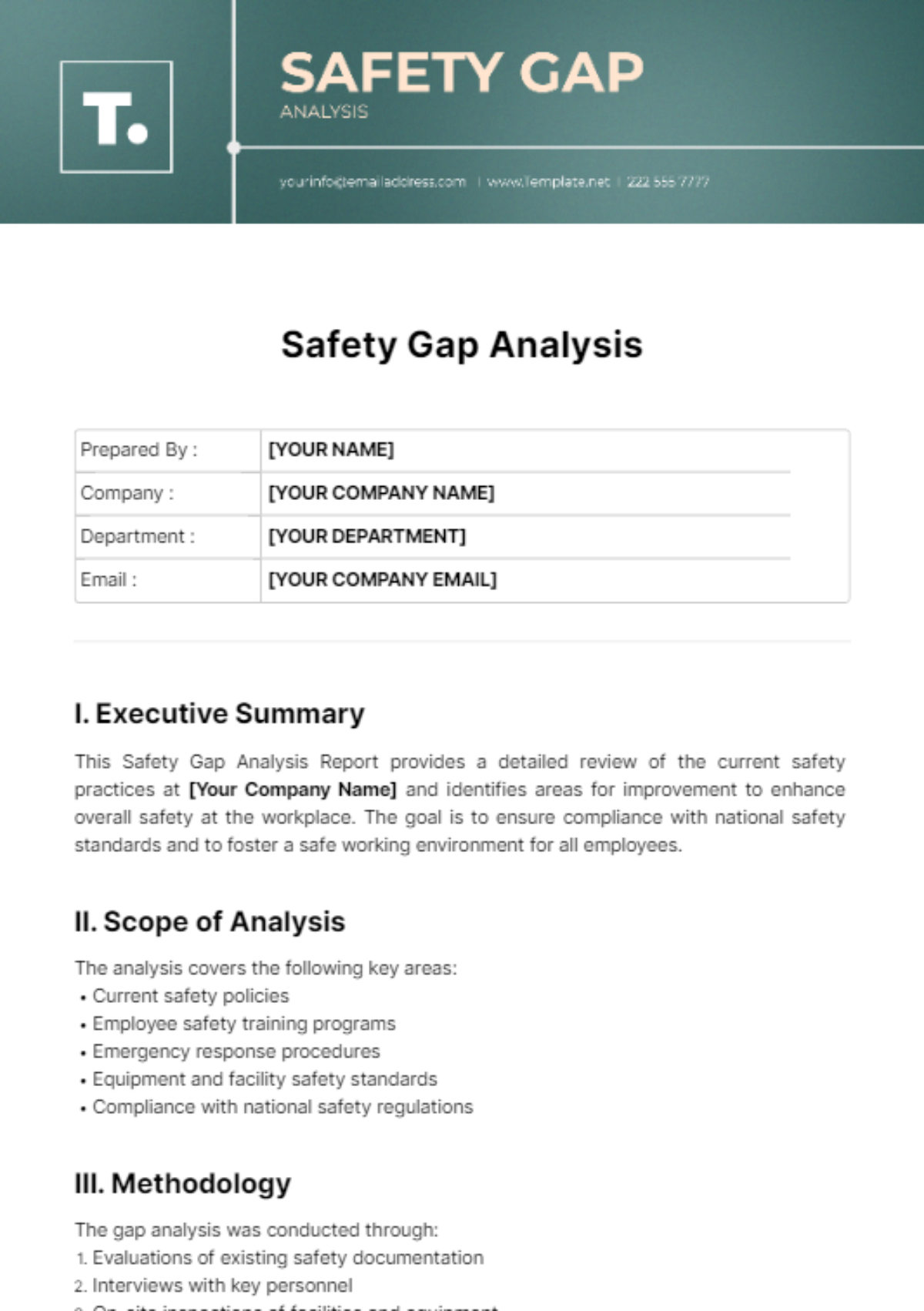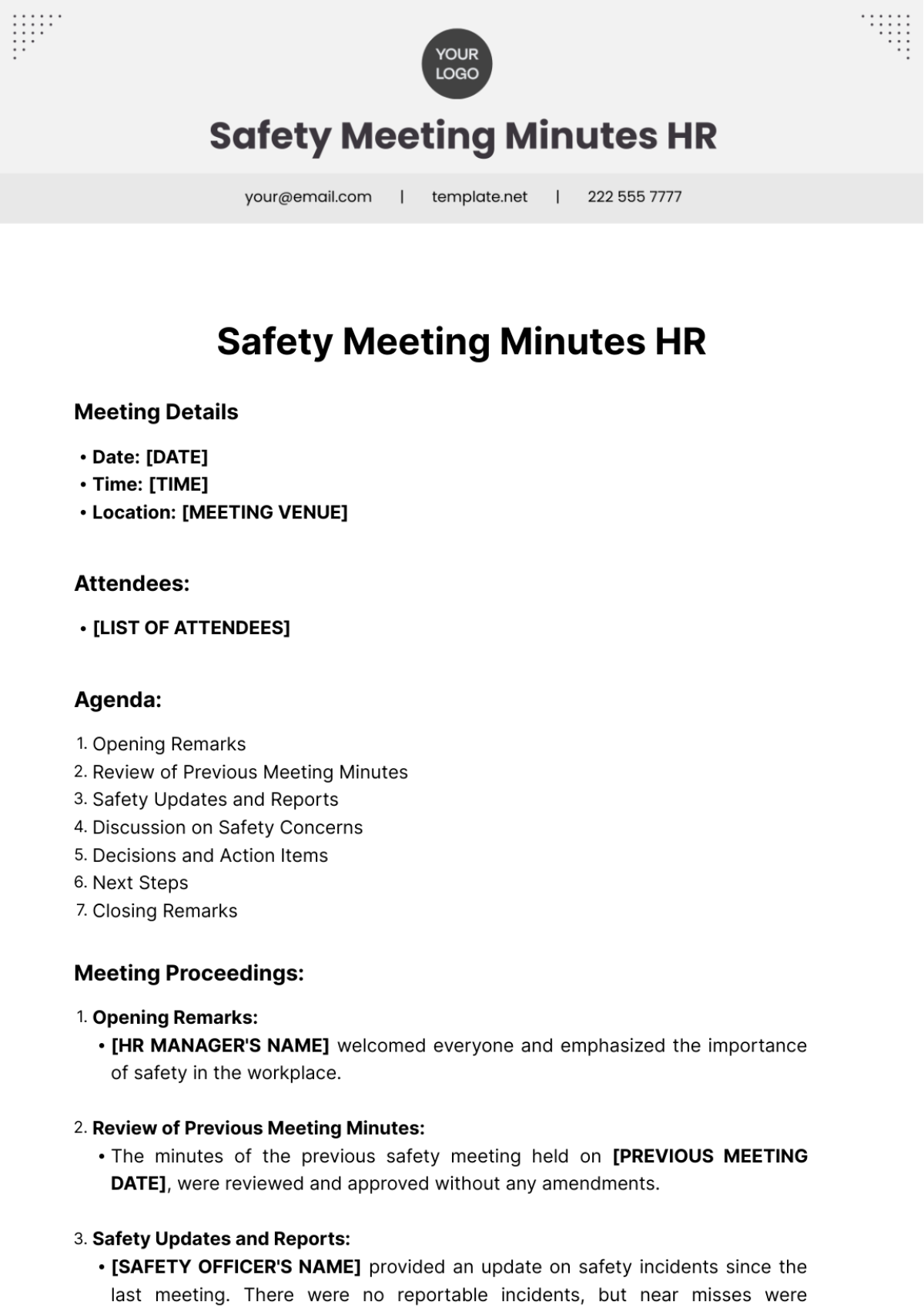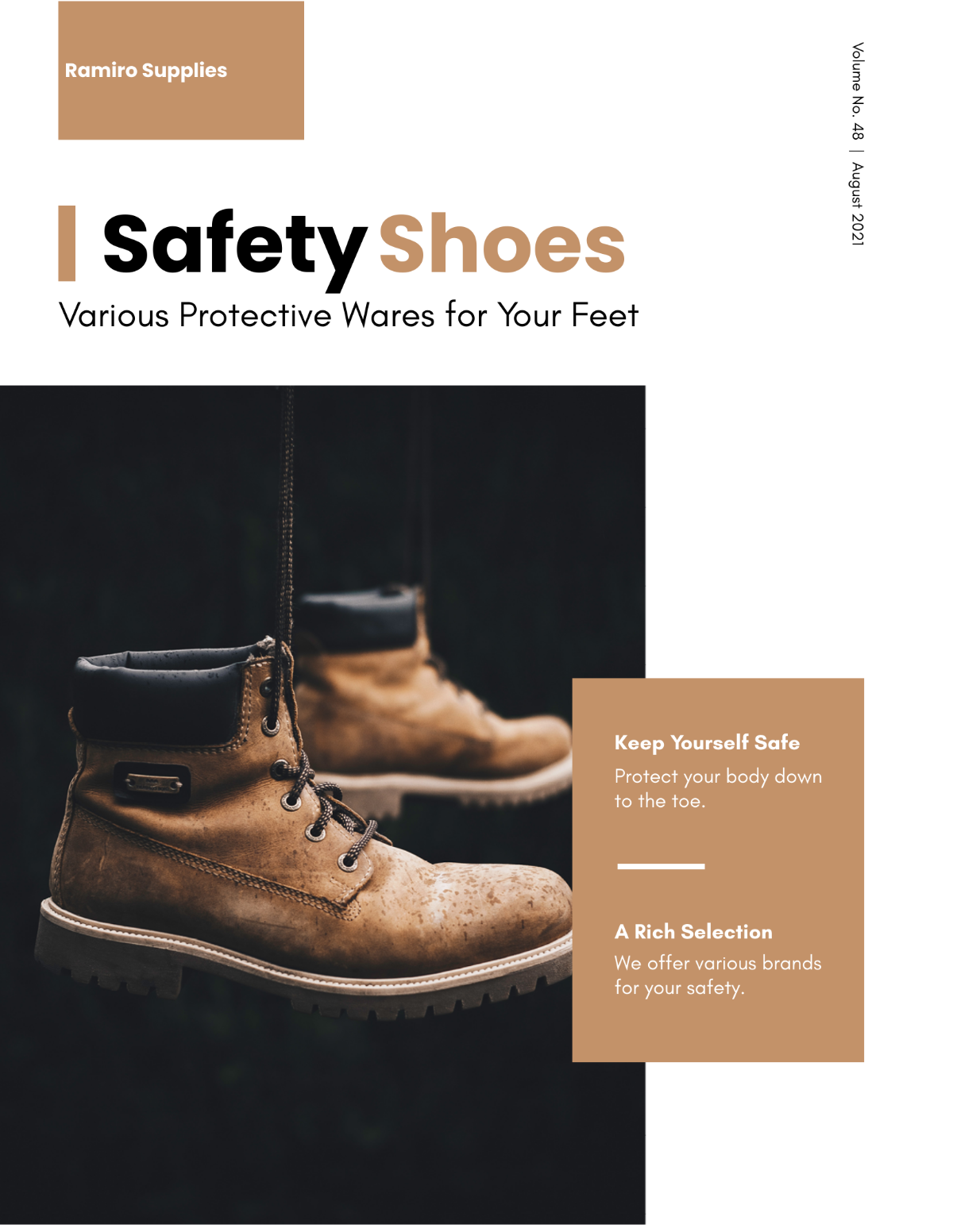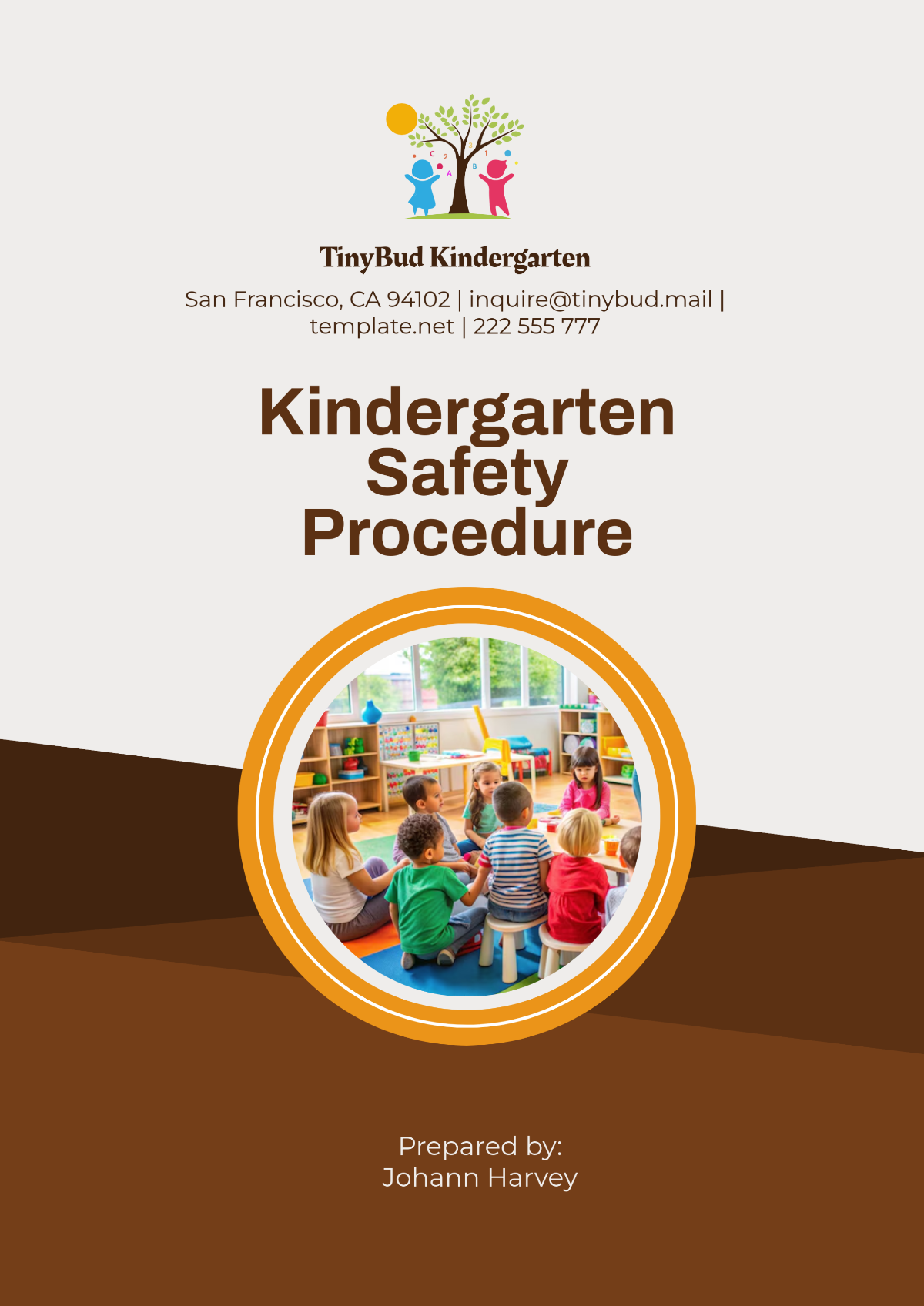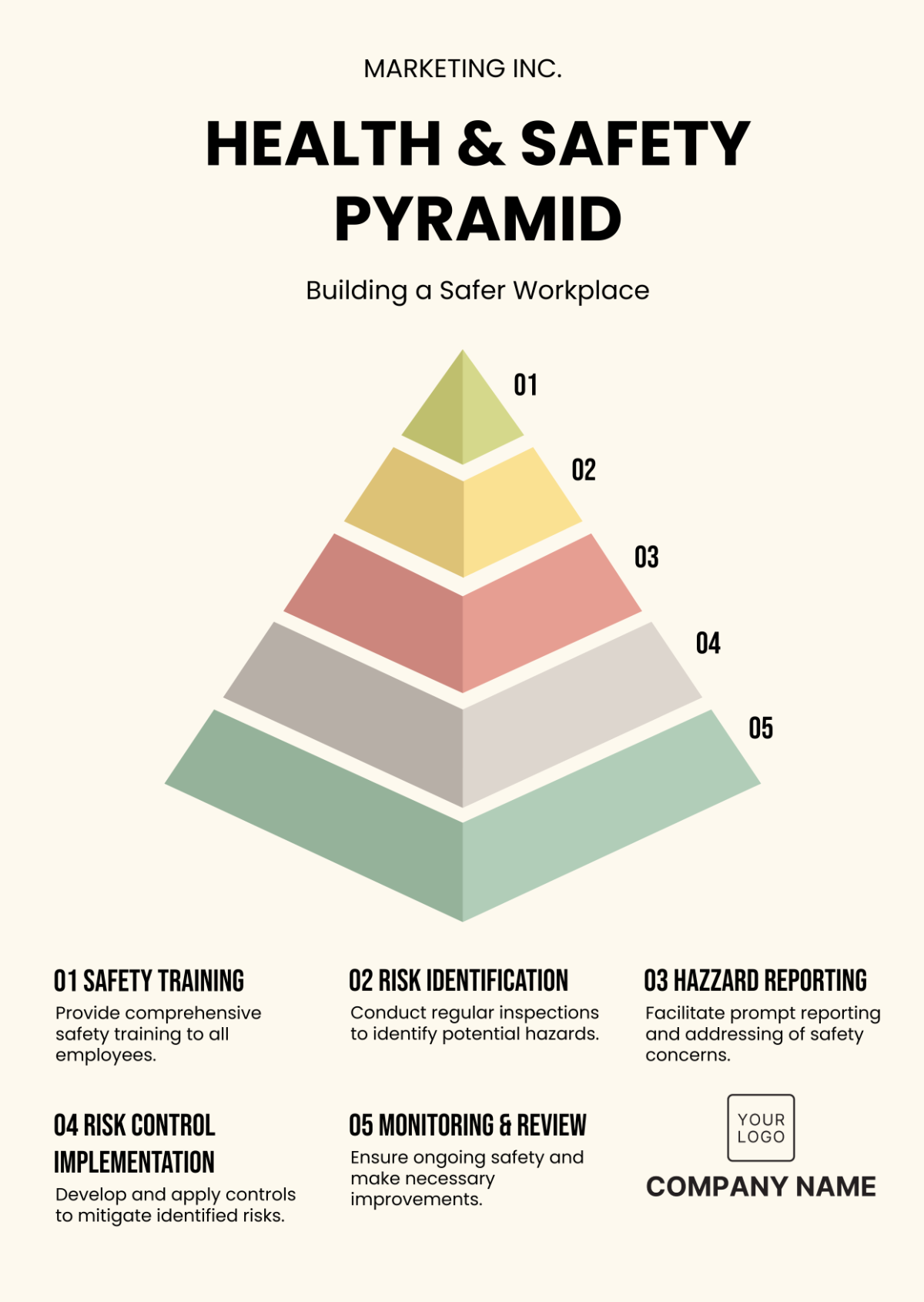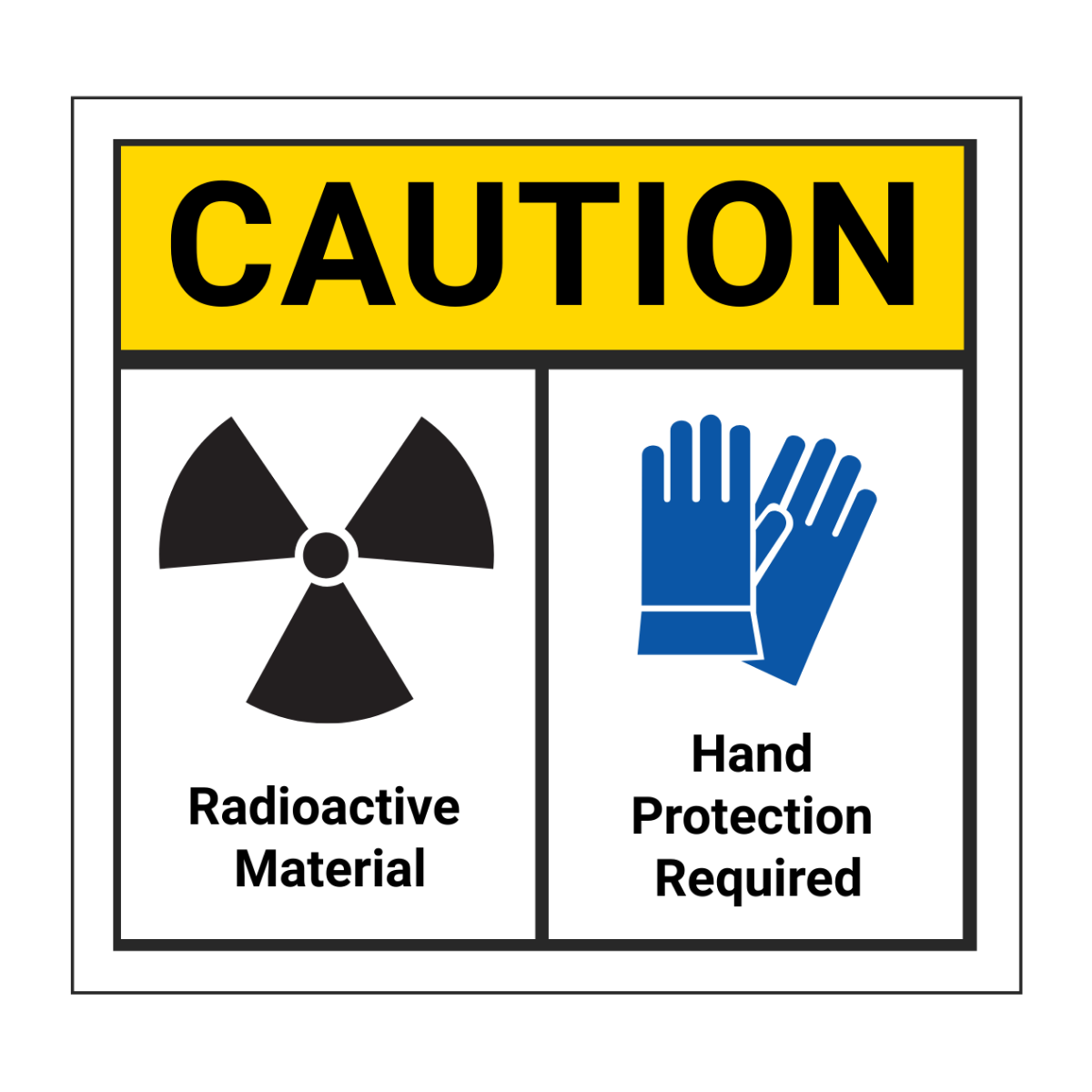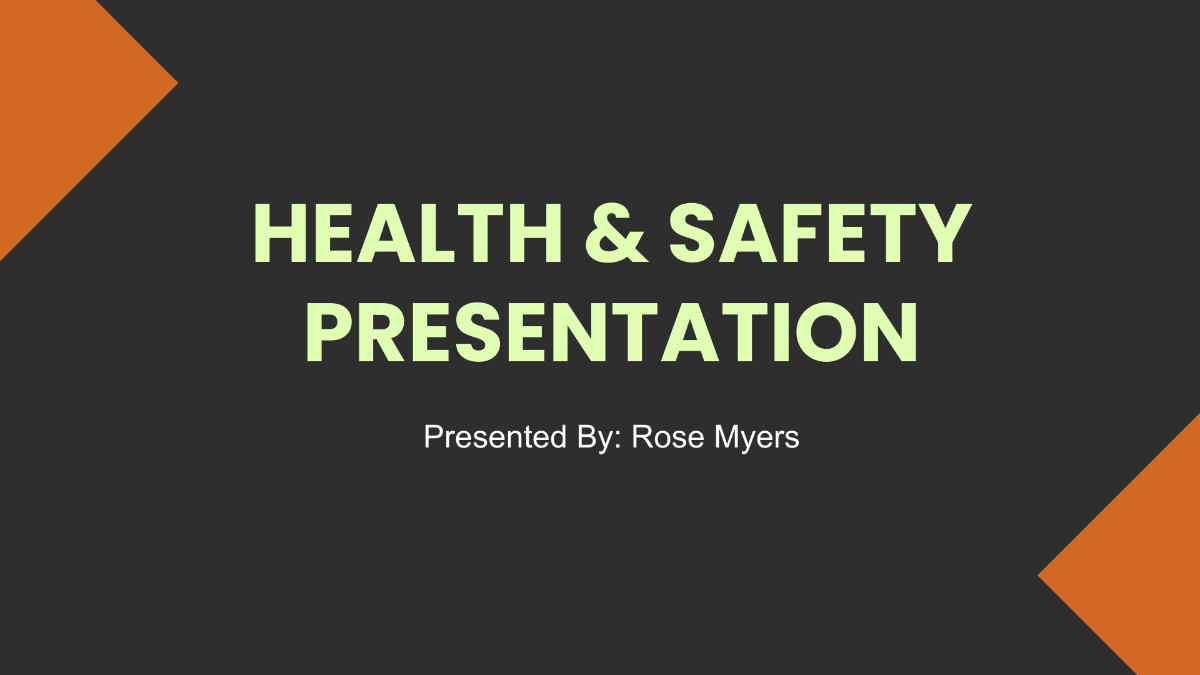Safety Guide
I. Introduction
In the rapidly evolving landscape of the IT industry, safety remains a paramount concern. This guide provides a detailed overview of safety protocols, risk management strategies, and compliance requirements for IT companies. The goal is to ensure a secure and resilient environment for both employees and clients.
II. Safety Protocols
Physical Security
Access Control: Implement access control systems such as biometric scanners and keycard access to secure all sensitive areas.
Surveillance: Deploy CCTV cameras in key areas to monitor and record activities.
Emergency Exits: Clearly mark and regularly inspect emergency exits and evacuation routes.
Cybersecurity
Network Security: Use firewalls, intrusion detection systems, and regular network monitoring to protect against unauthorized access.
Data Protection: Encrypt sensitive data both in transit and at rest. Regularly update encryption protocols.
Incident Response: Establish an incident response plan to quickly address and mitigate cybersecurity threats.
III. Risk Management
Risk Assessment
Identify Risks: Regularly assess potential risks to IT infrastructure, including hardware failures, cyber threats, and human error.
Evaluate Impact: Analyze the potential impact of identified risks on operations and data integrity.
Mitigation Strategies: Develop and implement strategies to reduce or eliminate identified risks.
Business Continuity
Backup Systems: Maintain regular backups of all critical data and ensure backup systems are tested regularly.
Disaster Recovery: Create and periodically update a disaster recovery plan to address various types of disruptions.
Recovery Time Objectives: Define clear recovery time objectives (RTOs) for all critical systems.
IV. Compliance
Regulatory Requirements
Data Privacy: Ensure compliance with data privacy laws such as GDPR, CCPA, and other relevant regulations.
Industry Standards: Adhere to industry standards such as ISO/IEC 27001 for information security management.
Regular Audits: Conduct regular audits to verify compliance with internal policies and external regulations.
Training and Awareness
Employee Training: Provide regular training sessions on safety protocols, cybersecurity best practices, and compliance requirements.
Awareness Programs: Implement ongoing awareness programs to keep employees informed about new threats and safety measures.
V. Contact Information
For further assistance or inquiries regarding safety protocols and compliance, please contact:
Company Name: [Your Company Name]
Email: [Your Company Email]
Phone Number: [Your Company Number]
Address: [Your Company Address]
For additional support, please reach out to:
Safety Officer: [Your Name]
Email: [Your Email]
